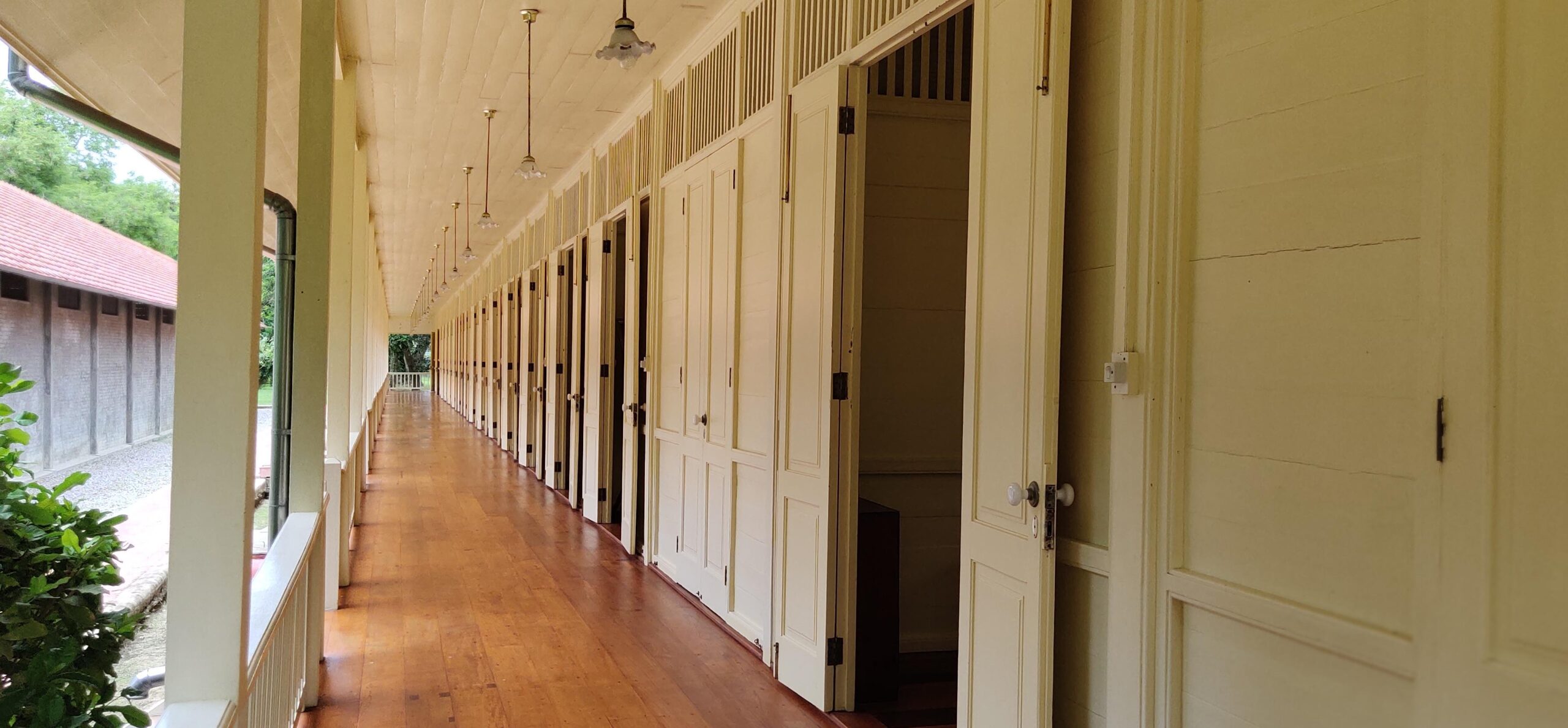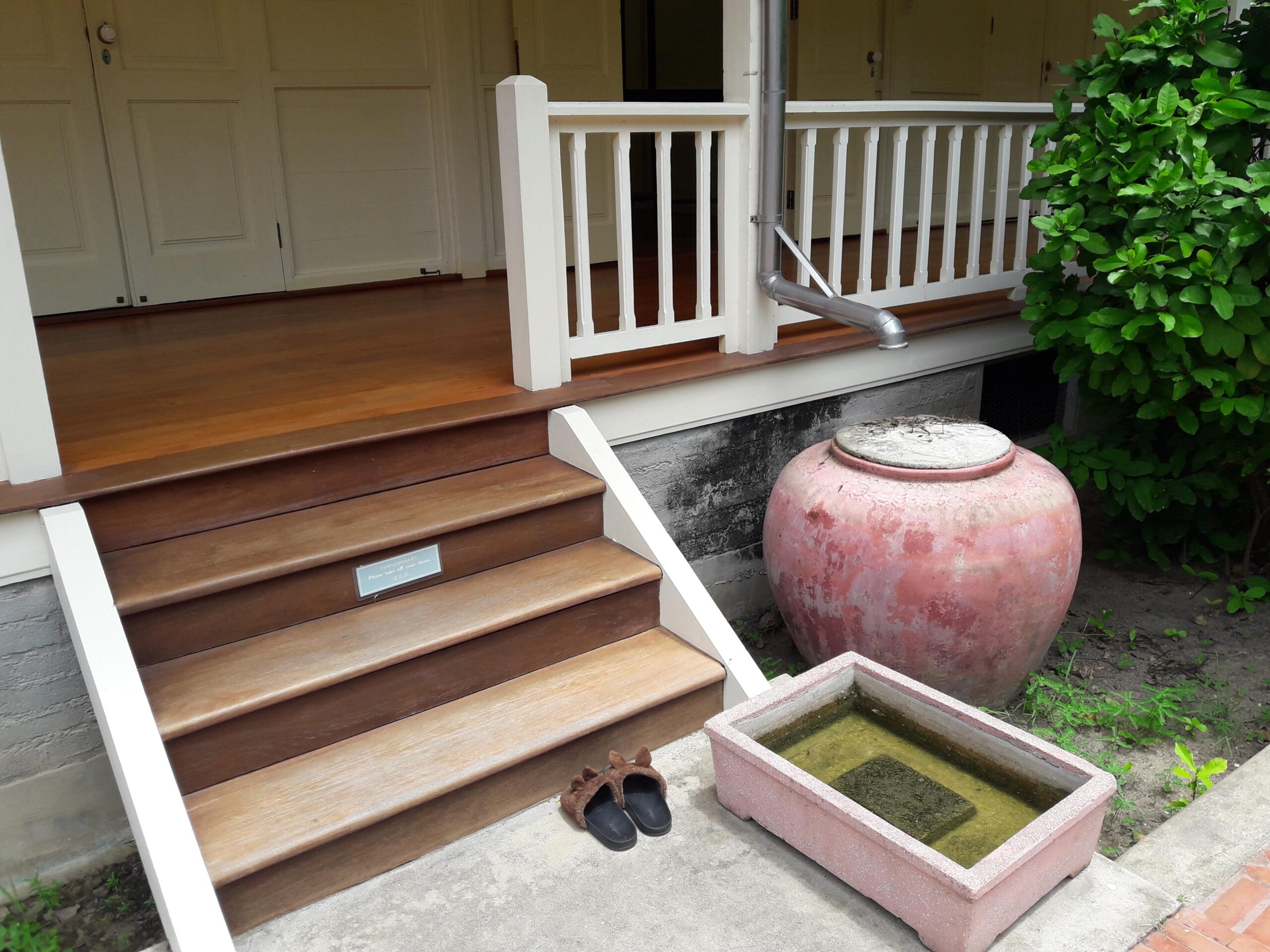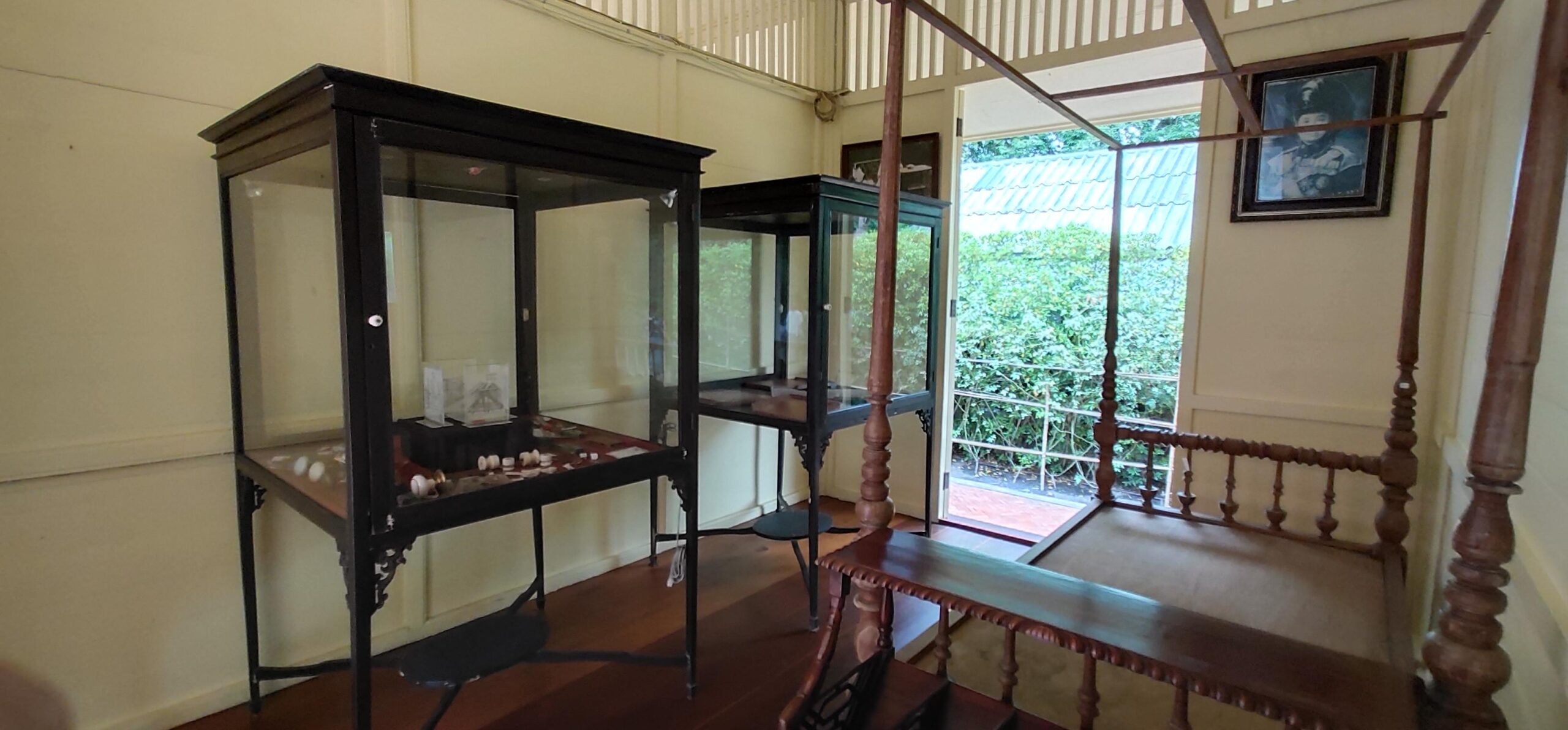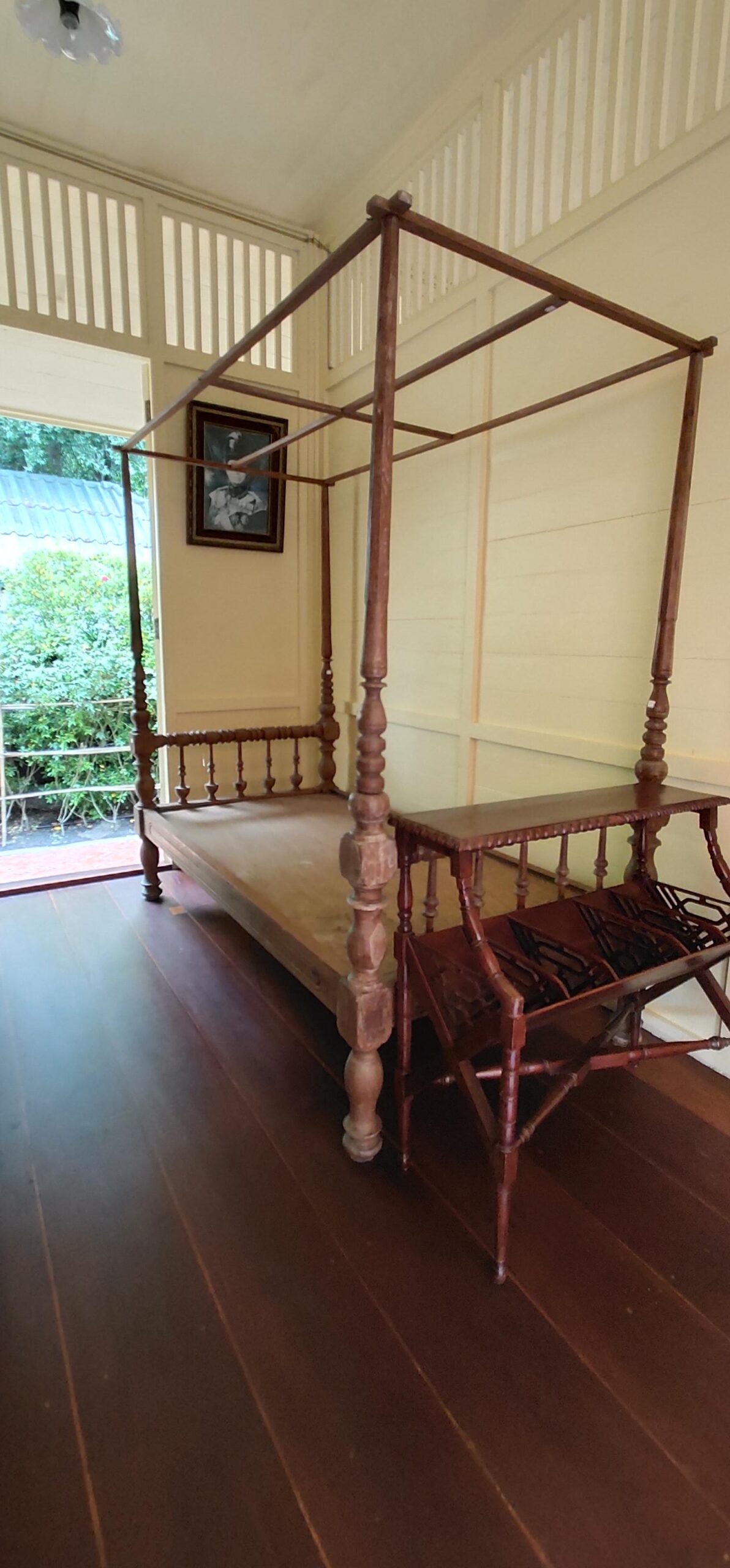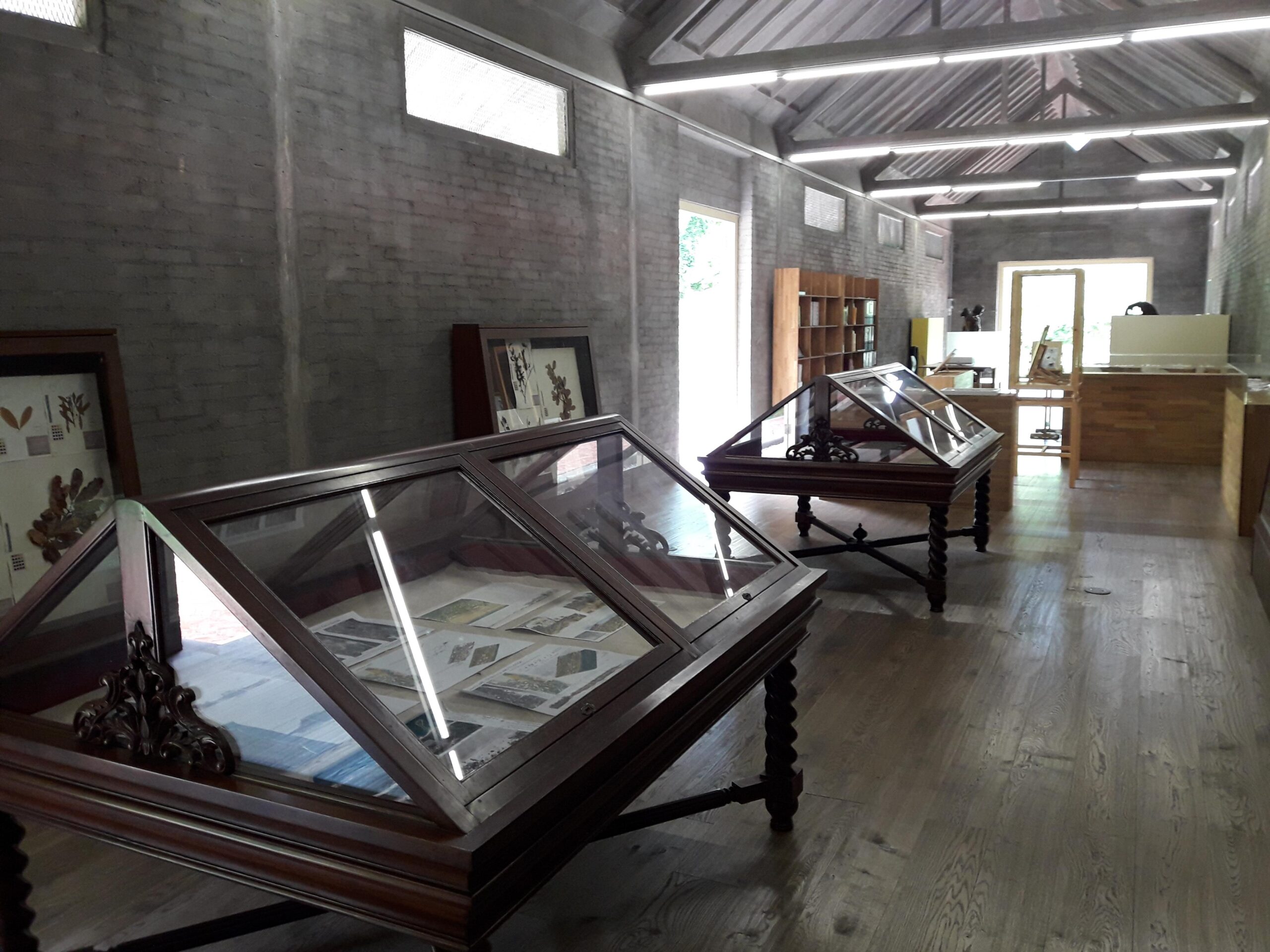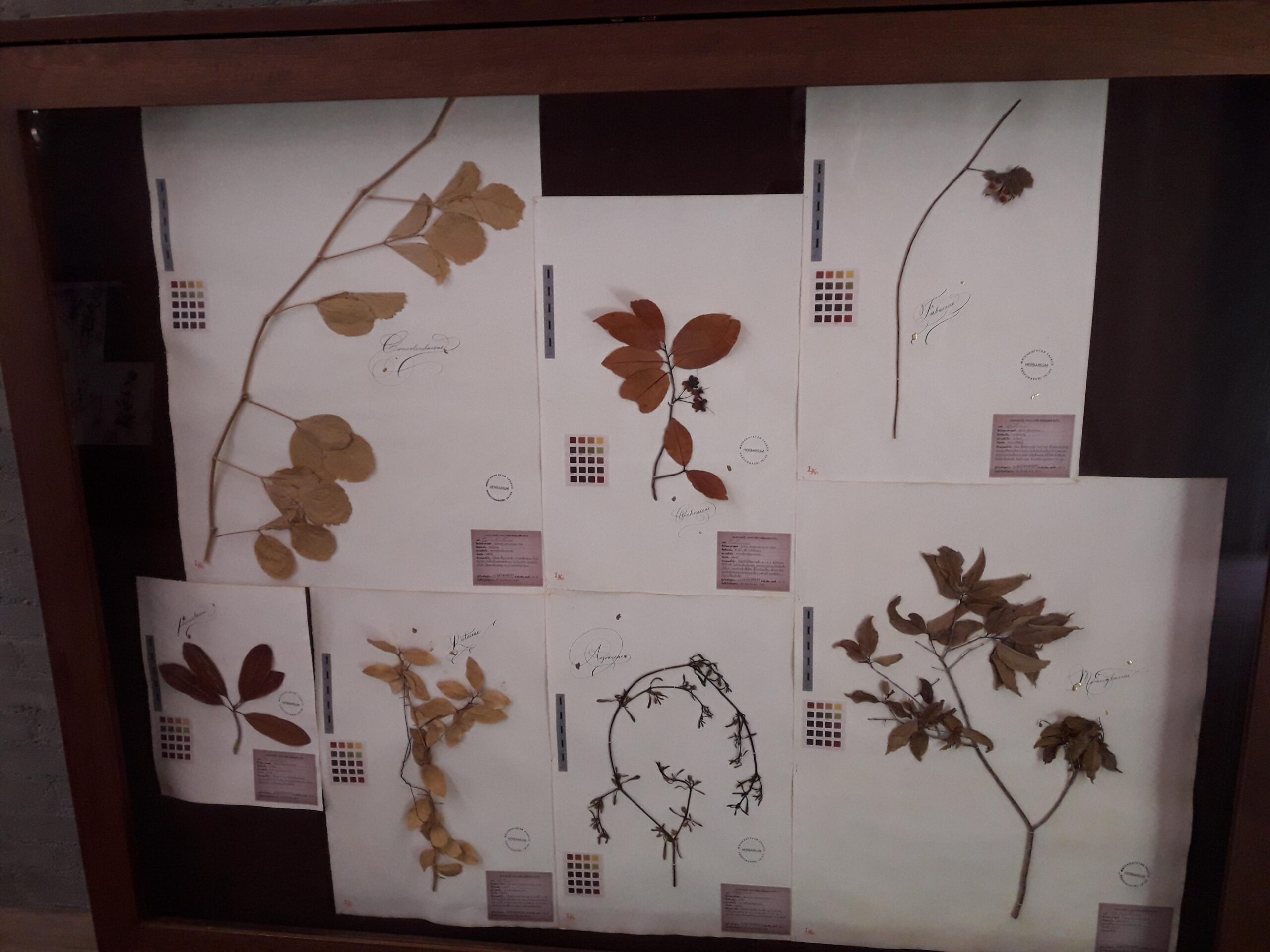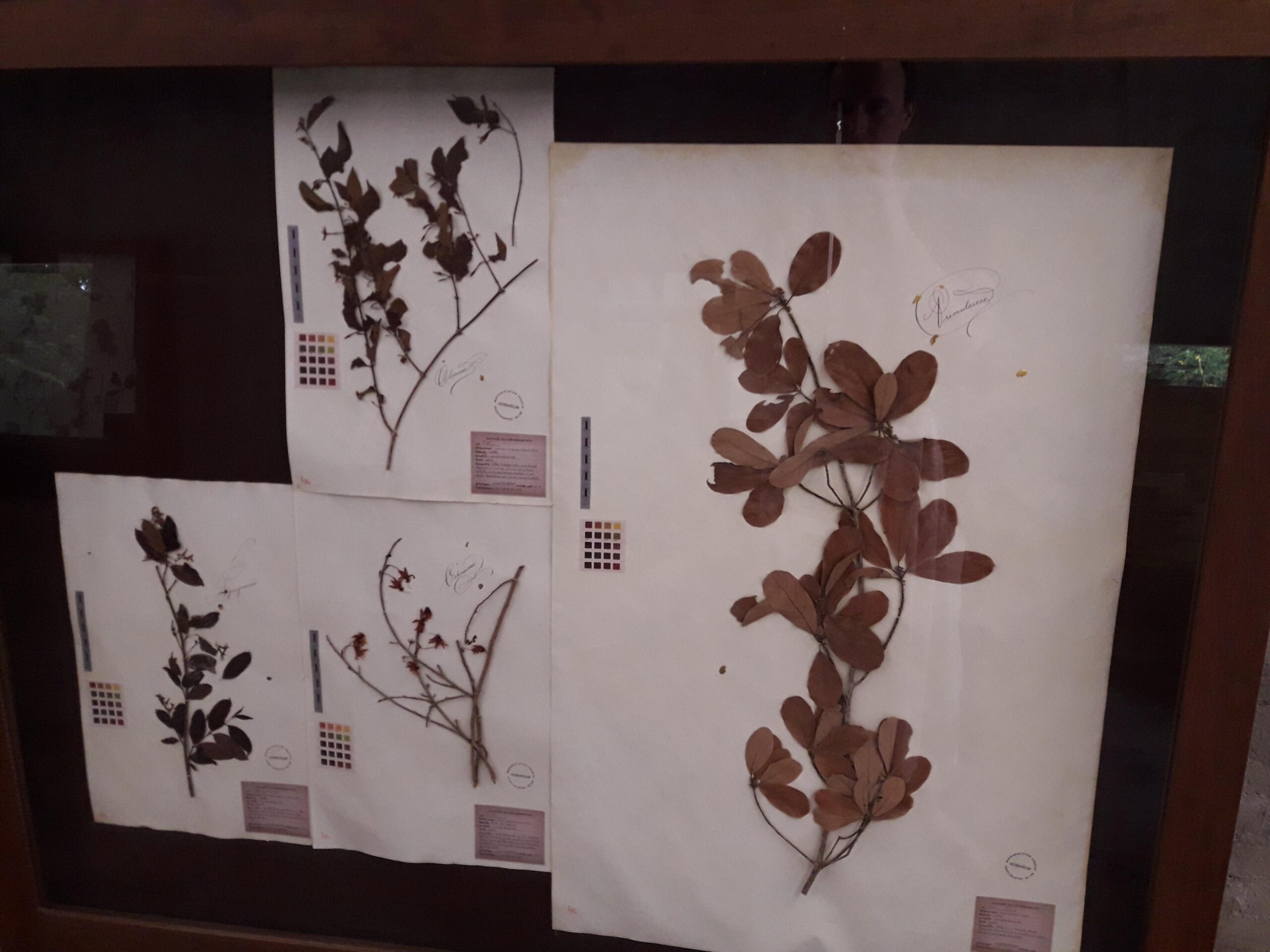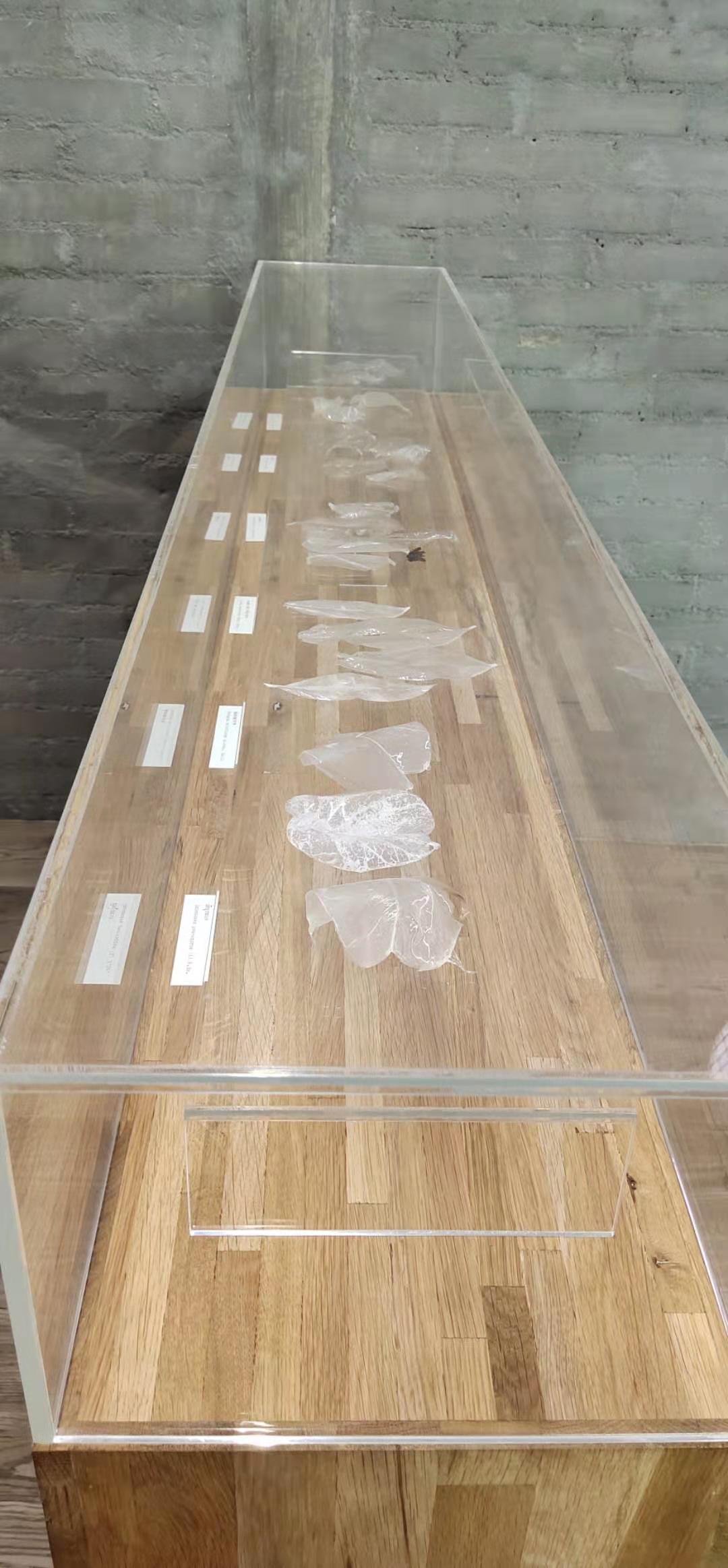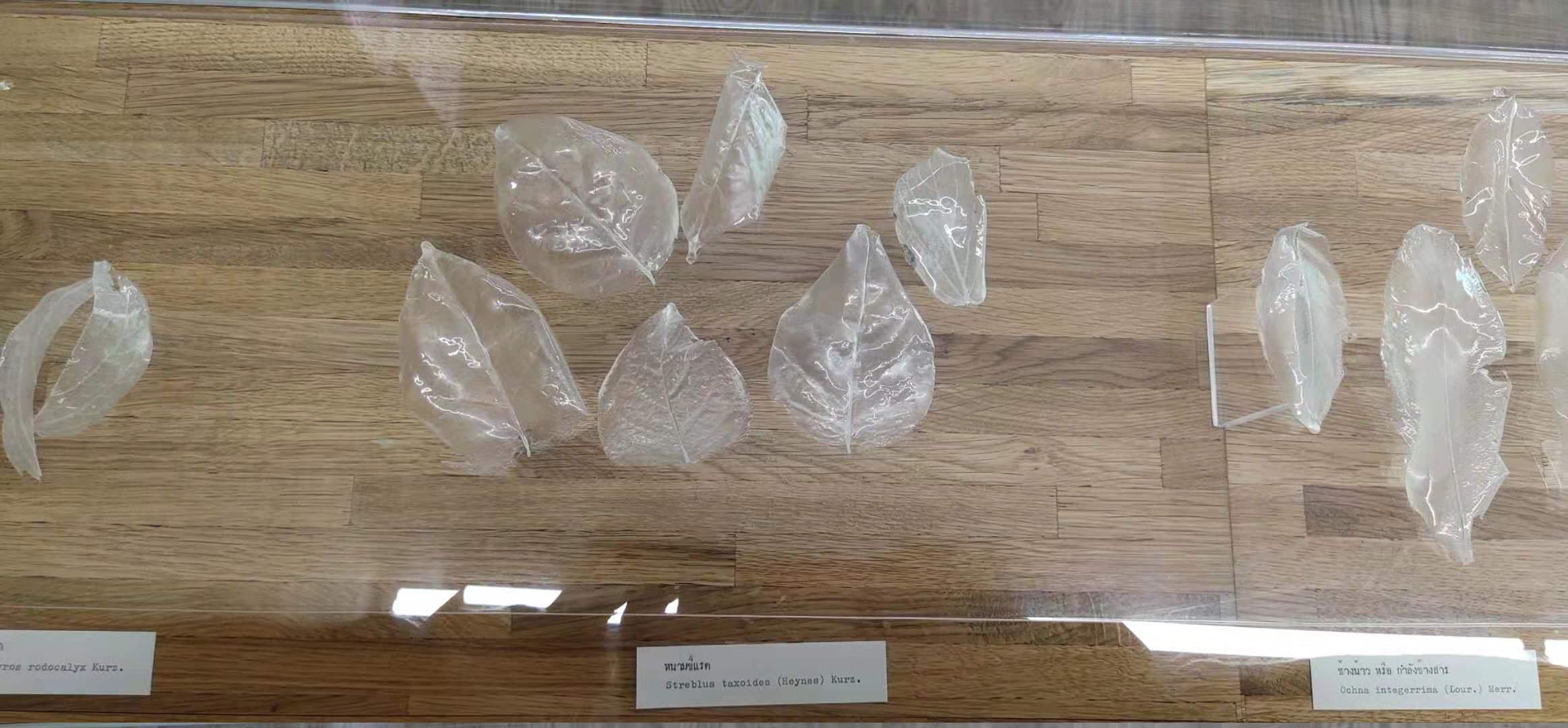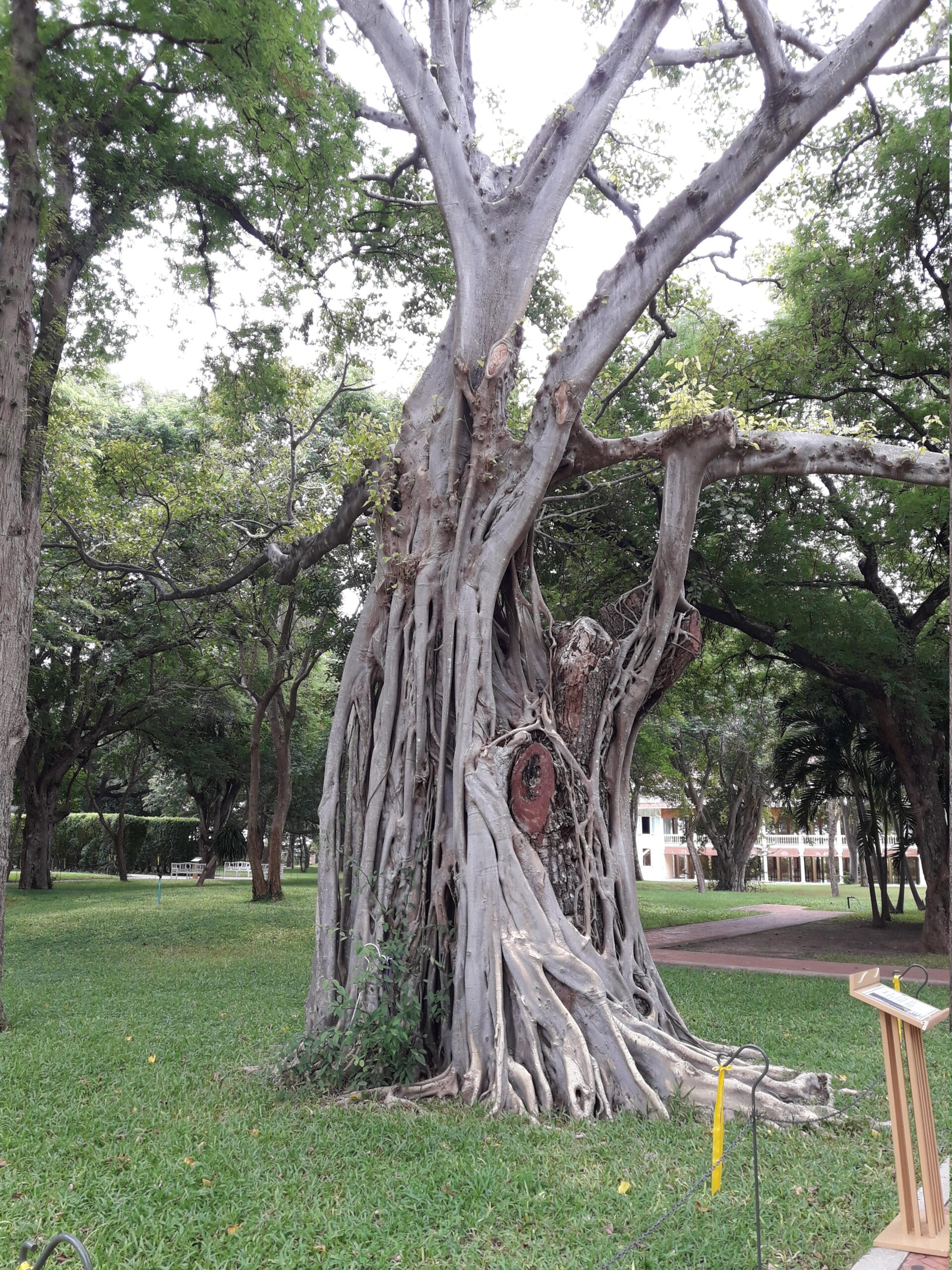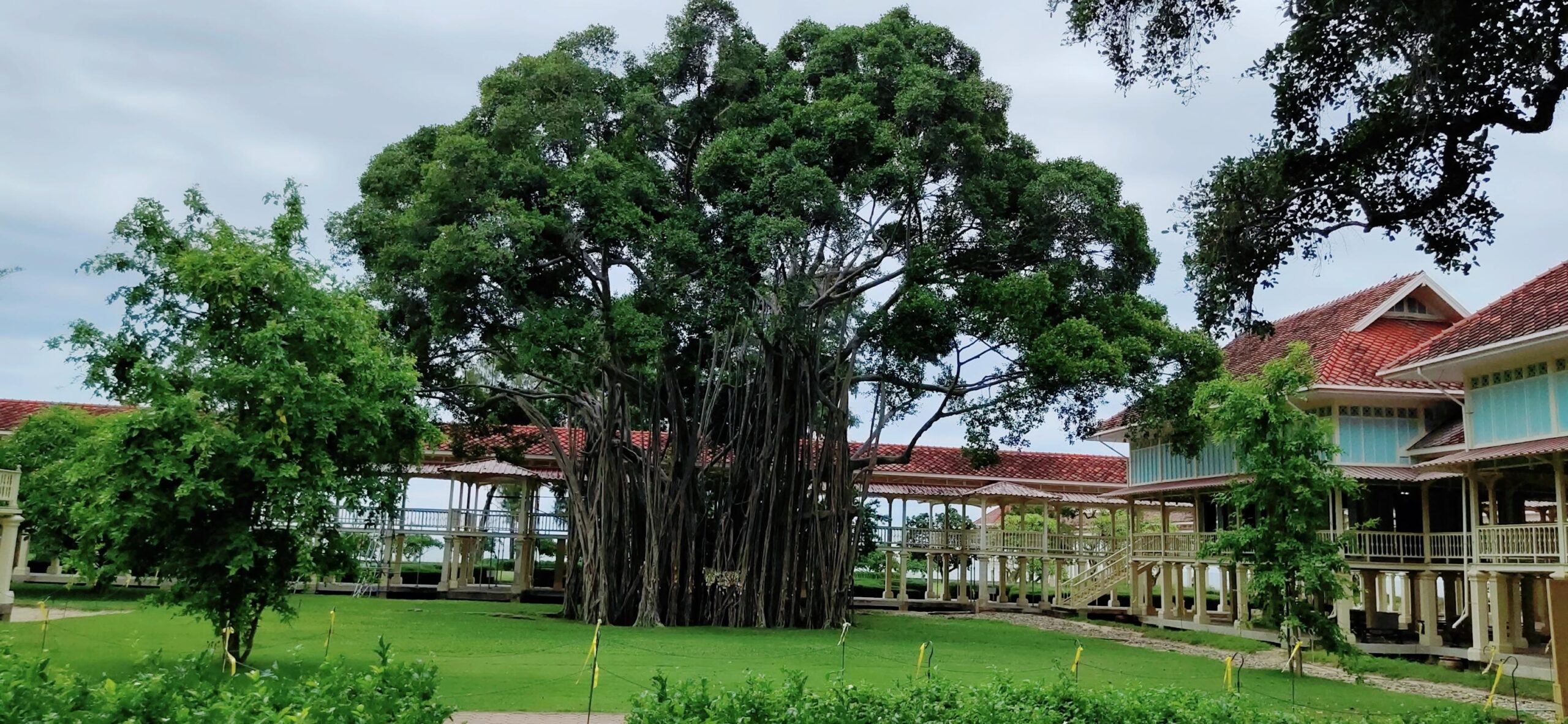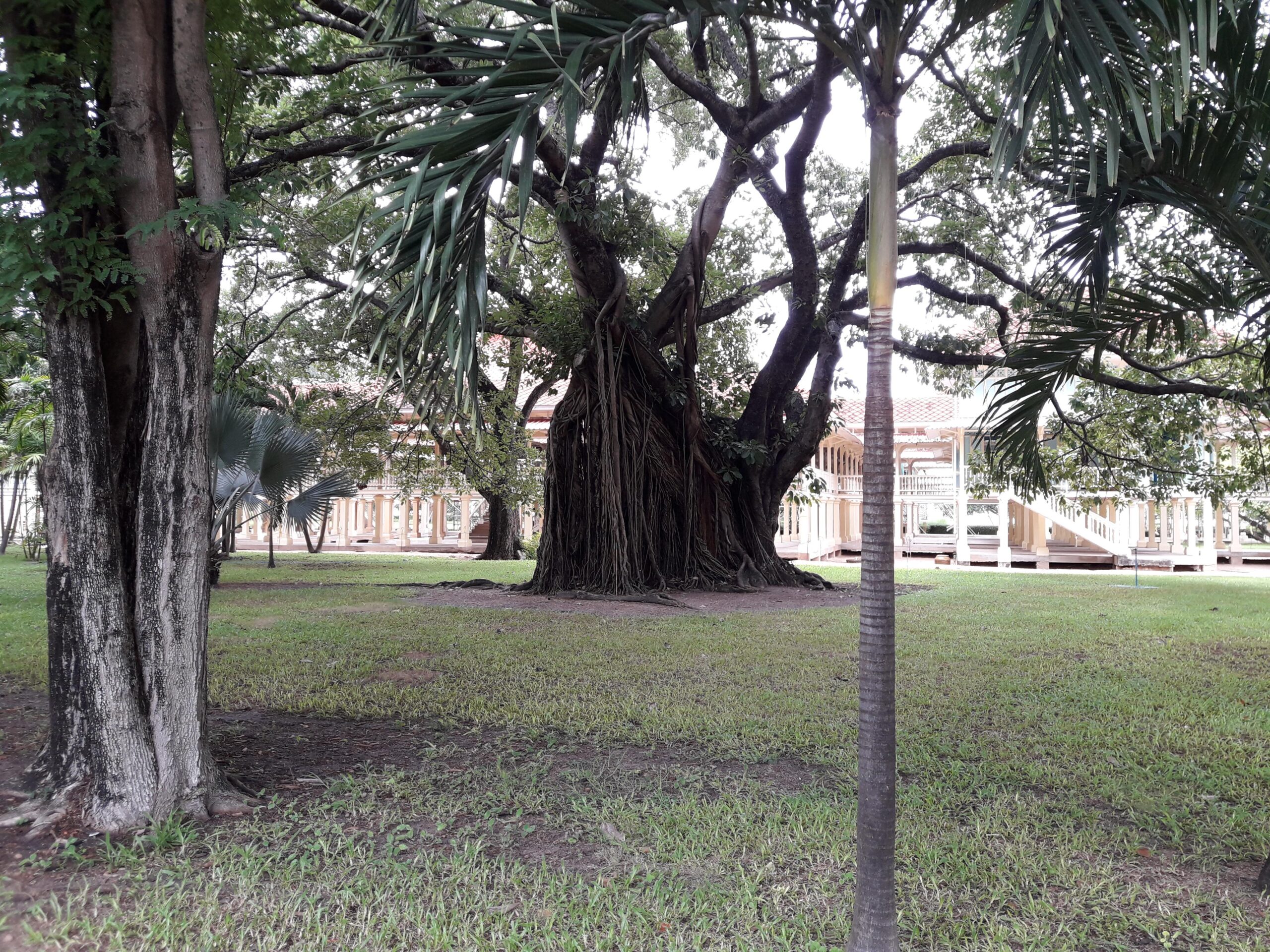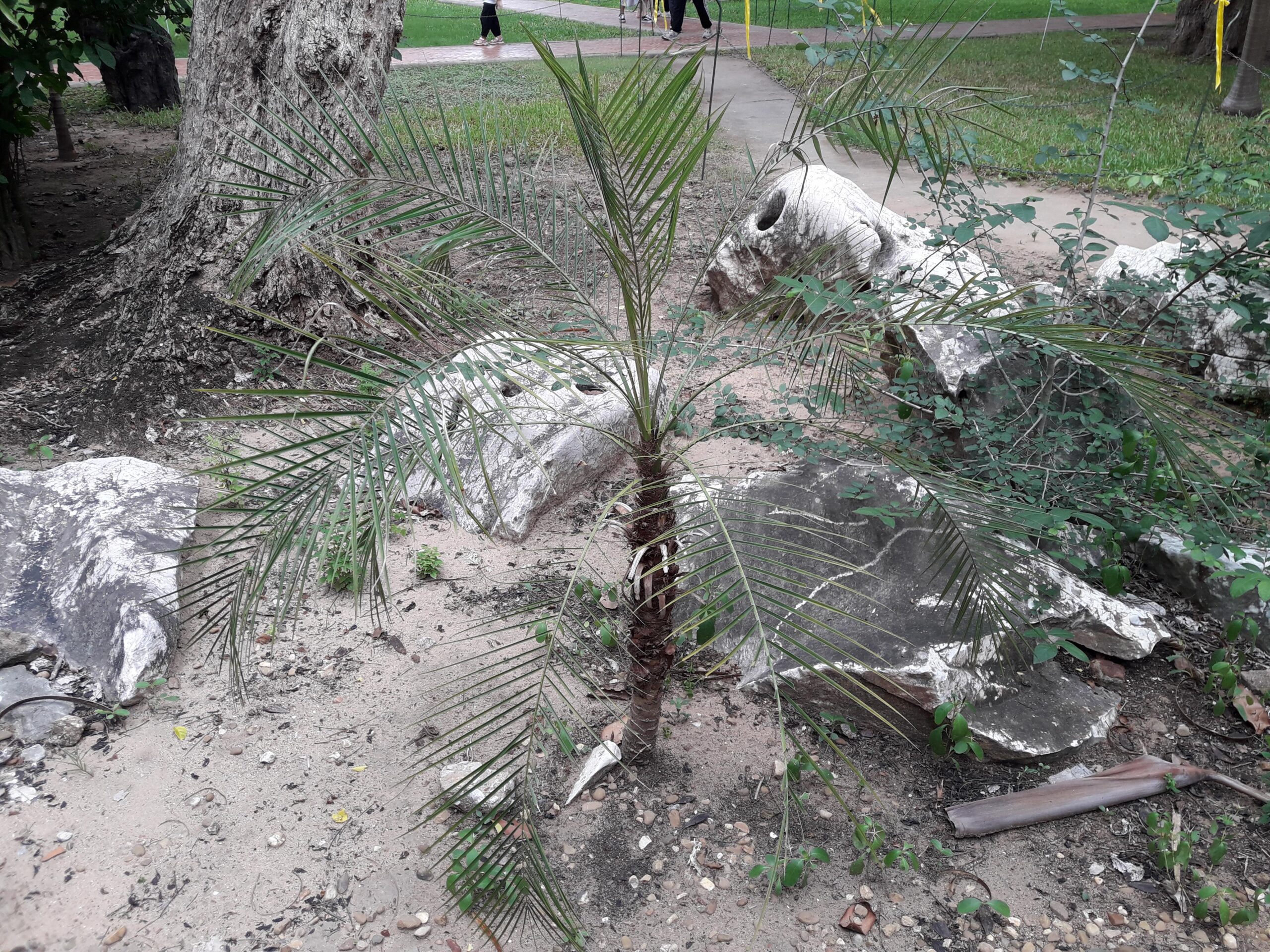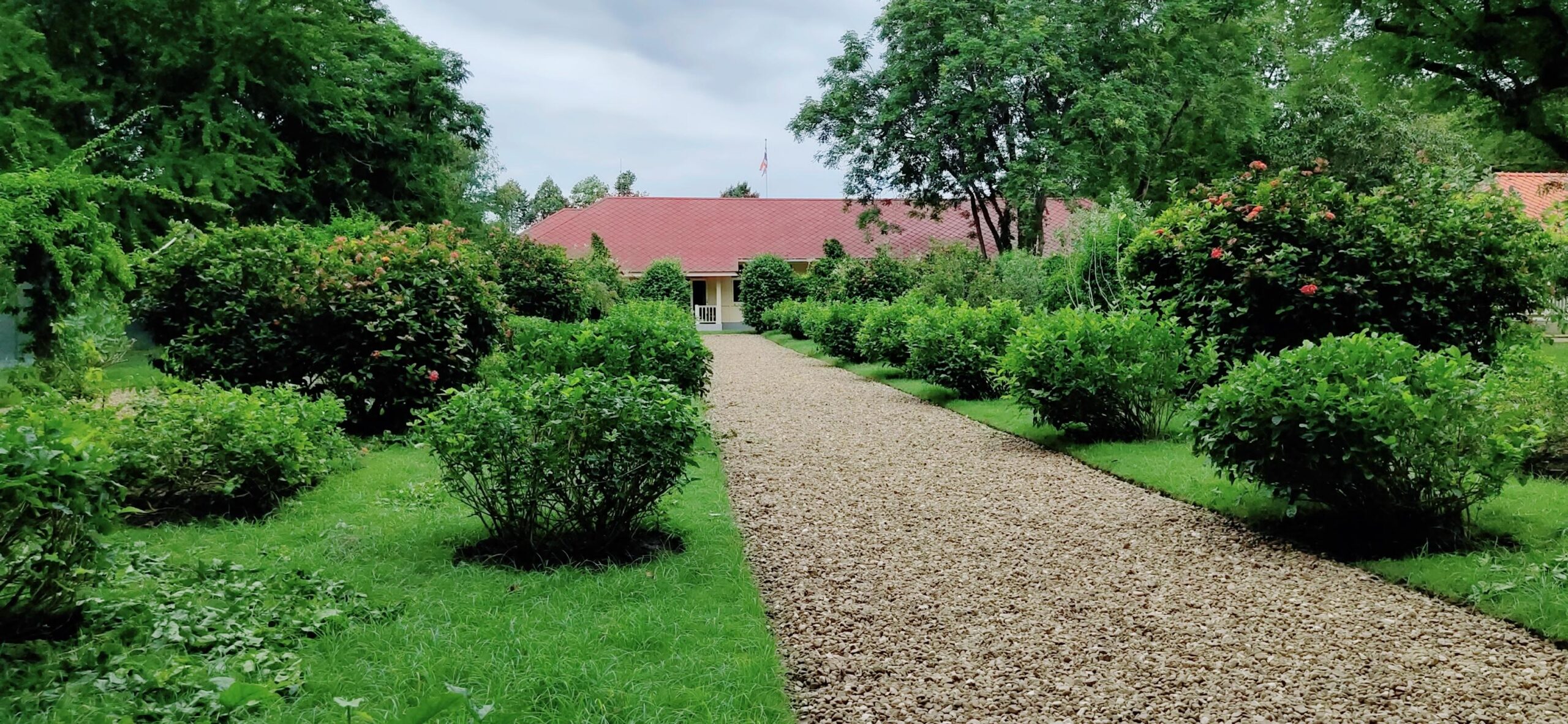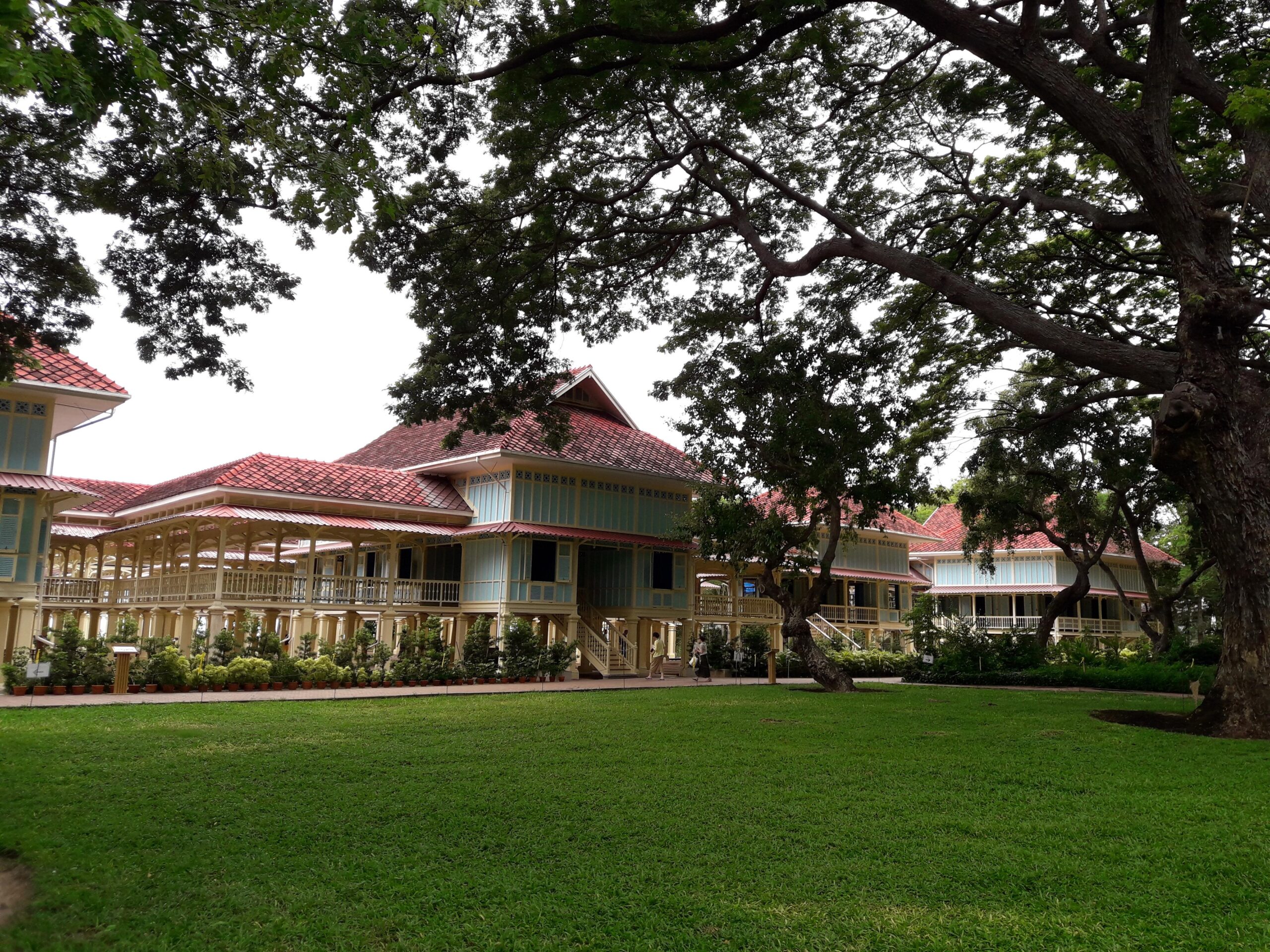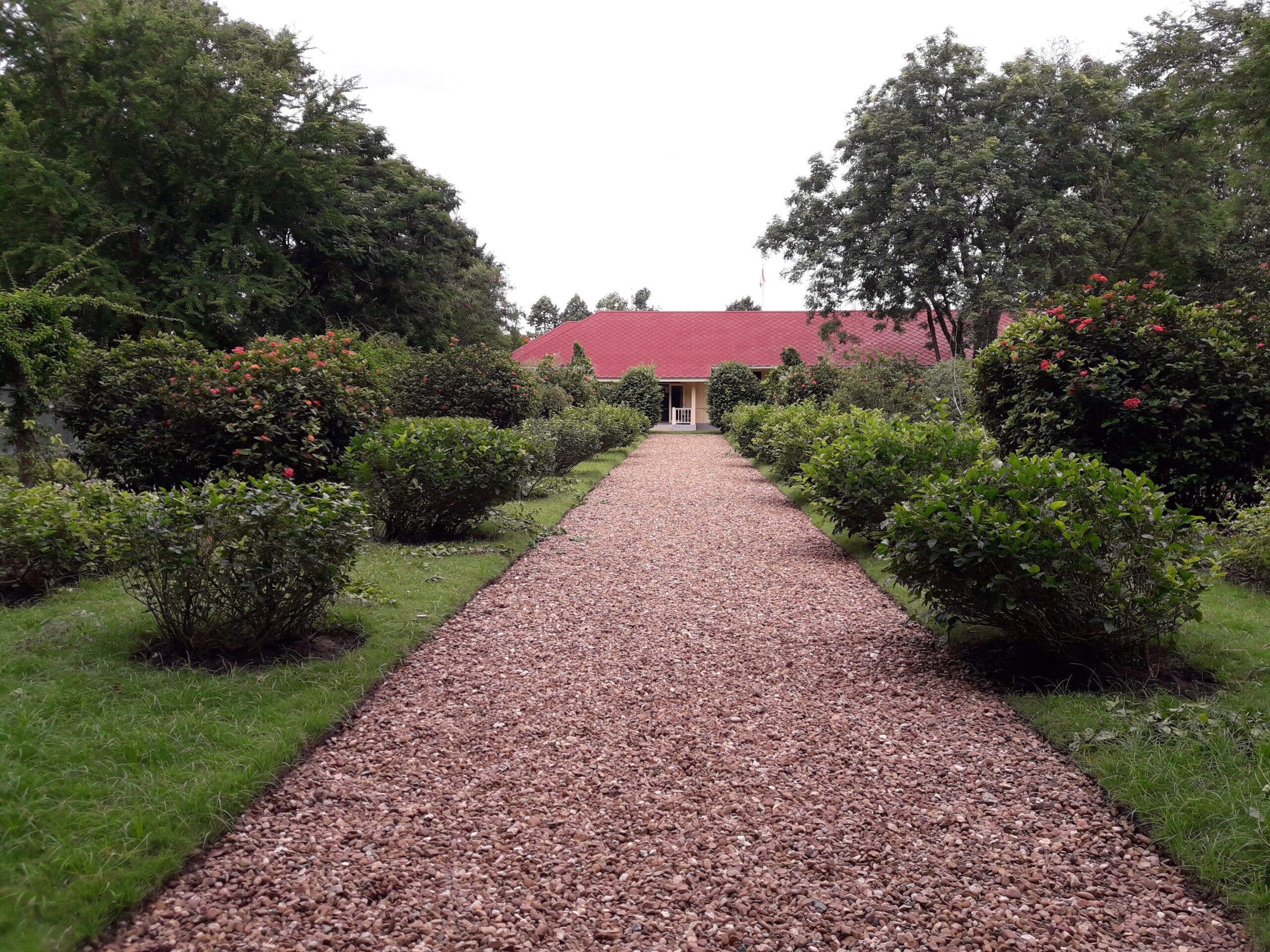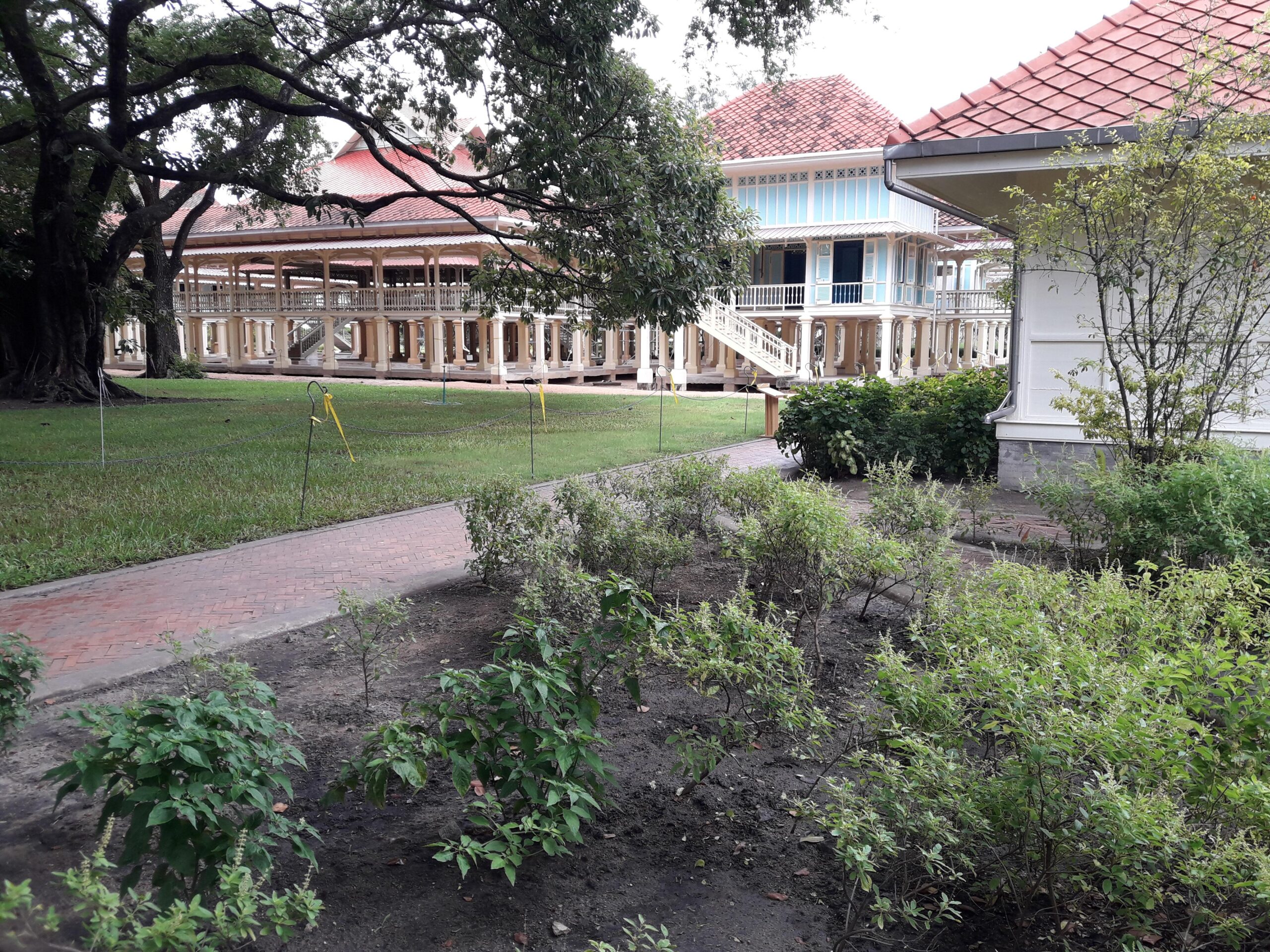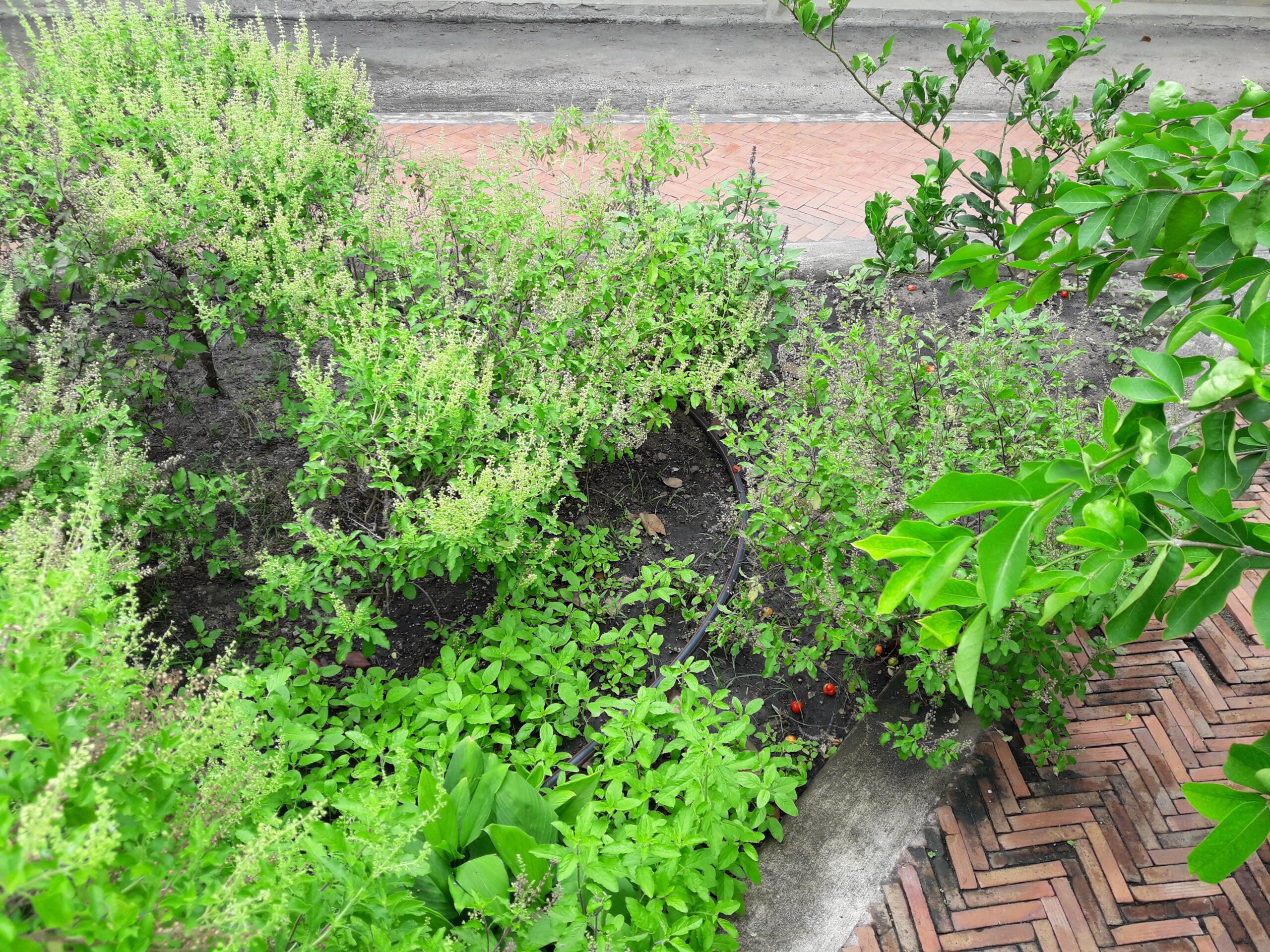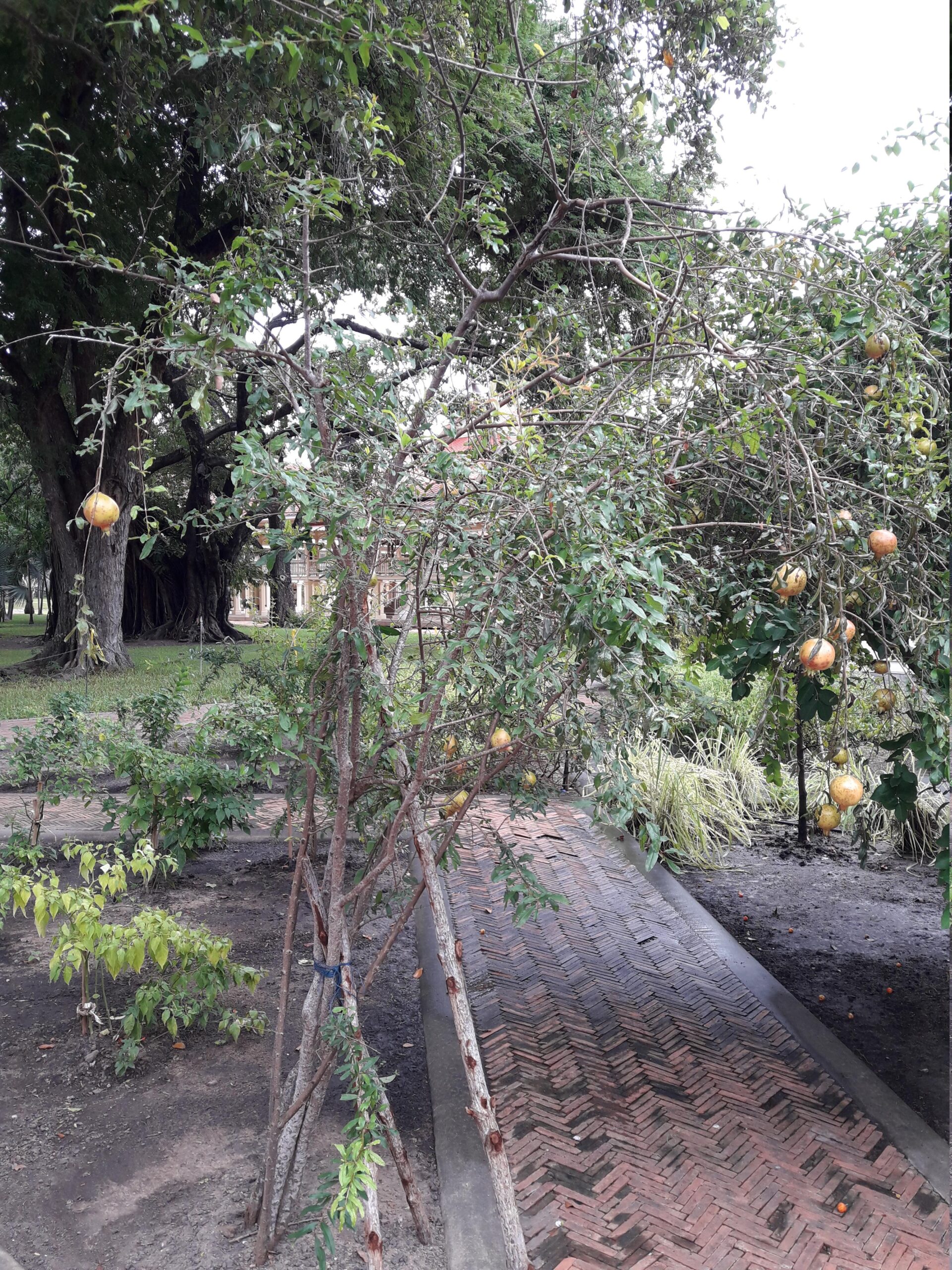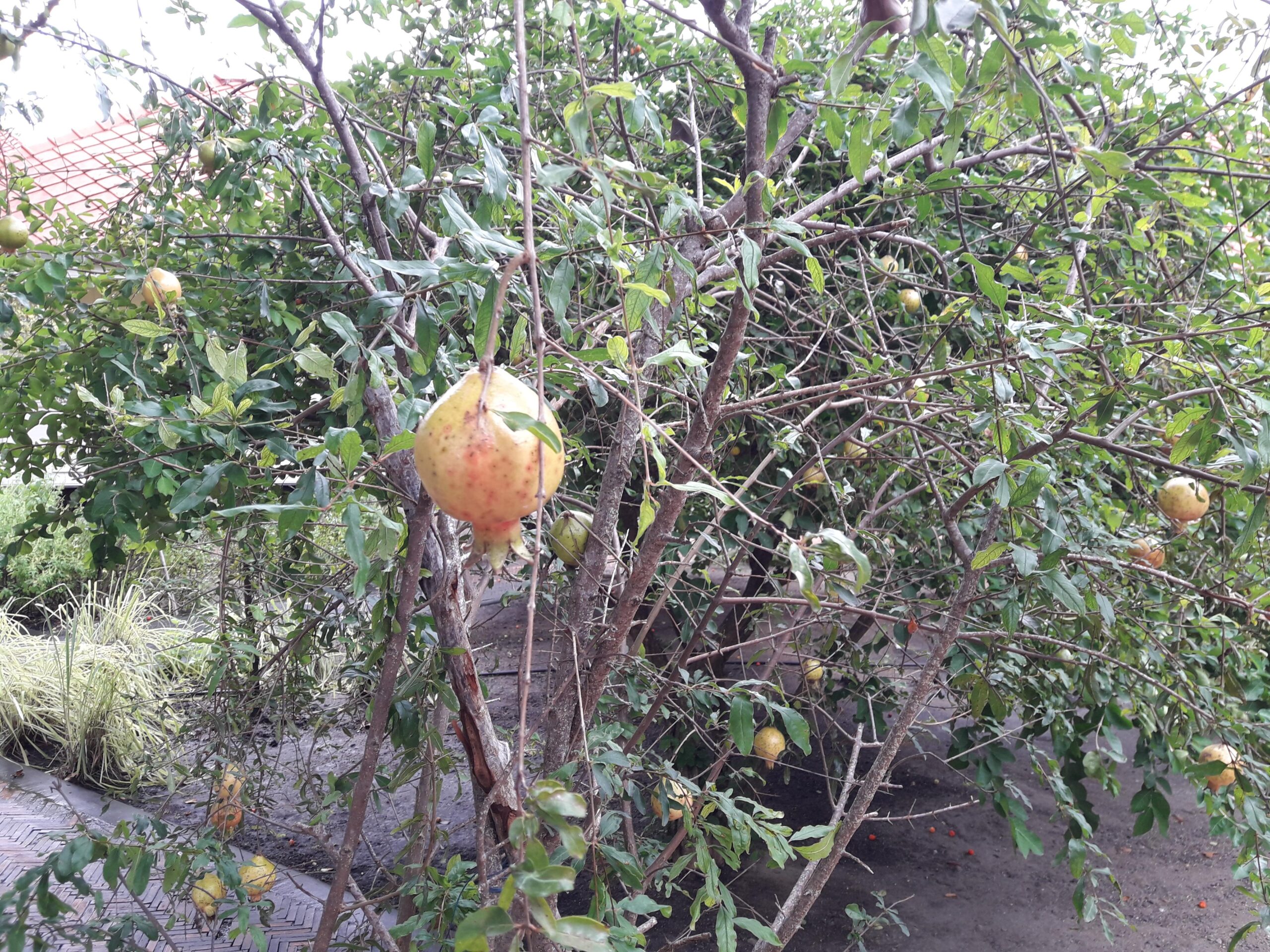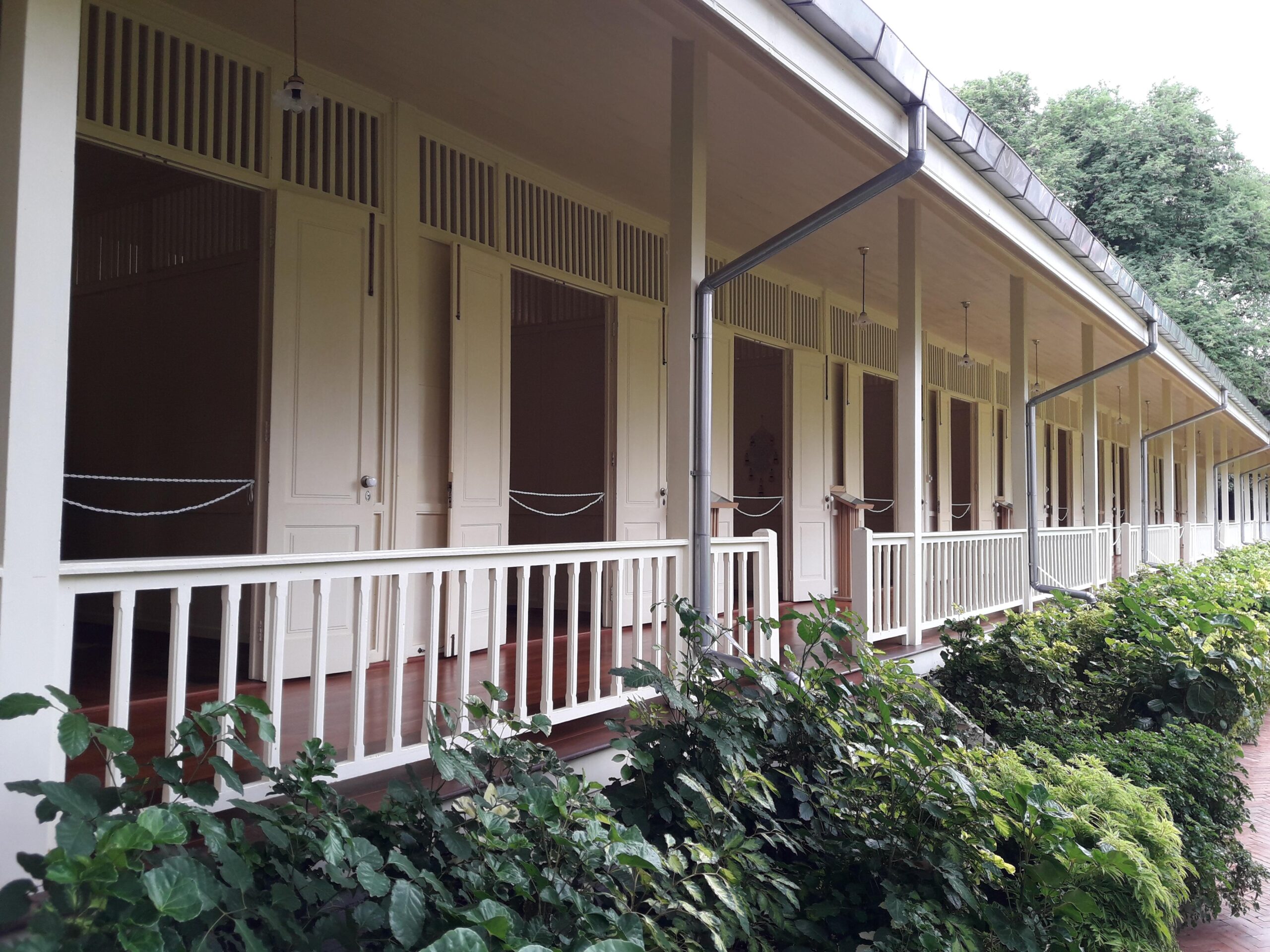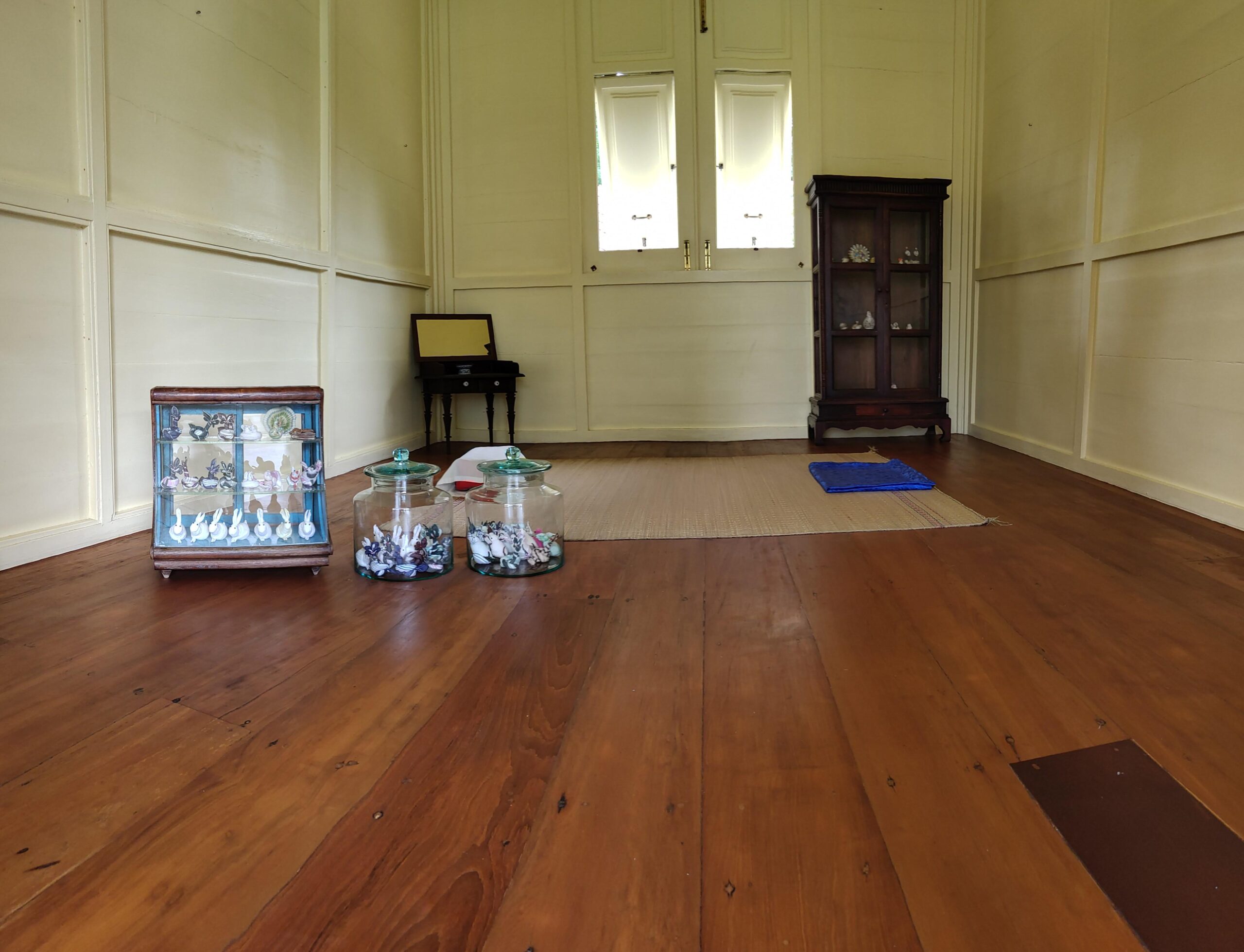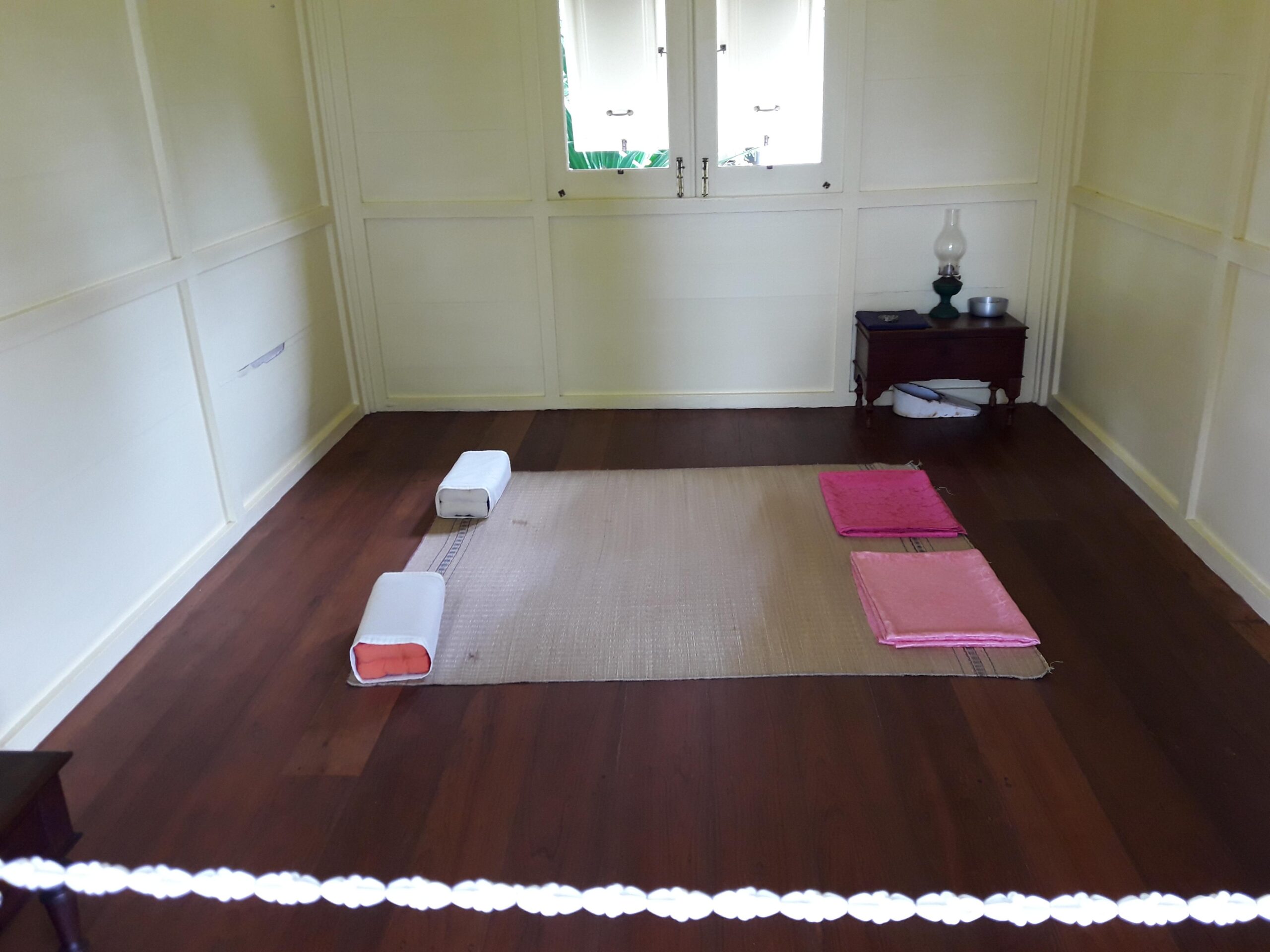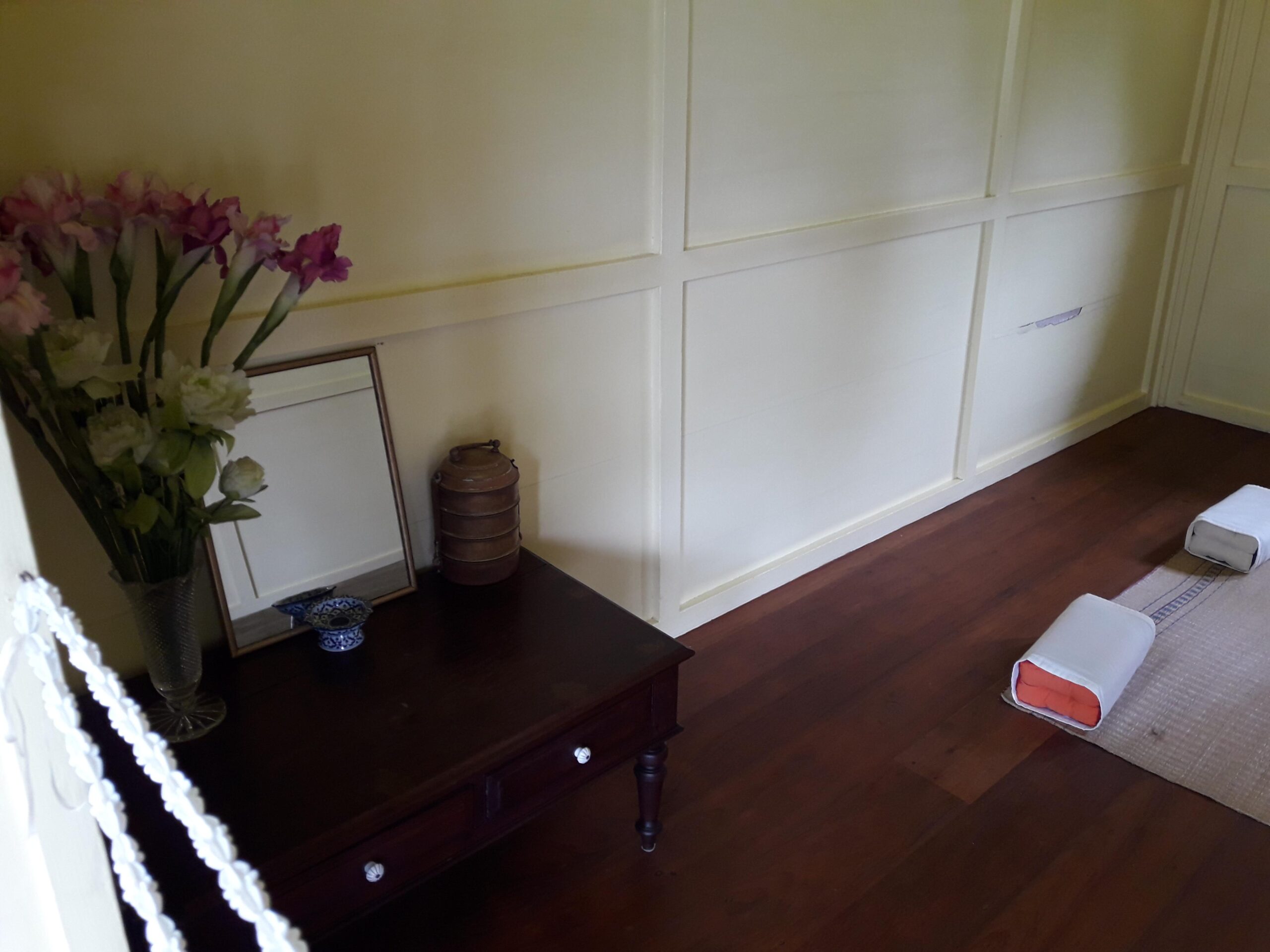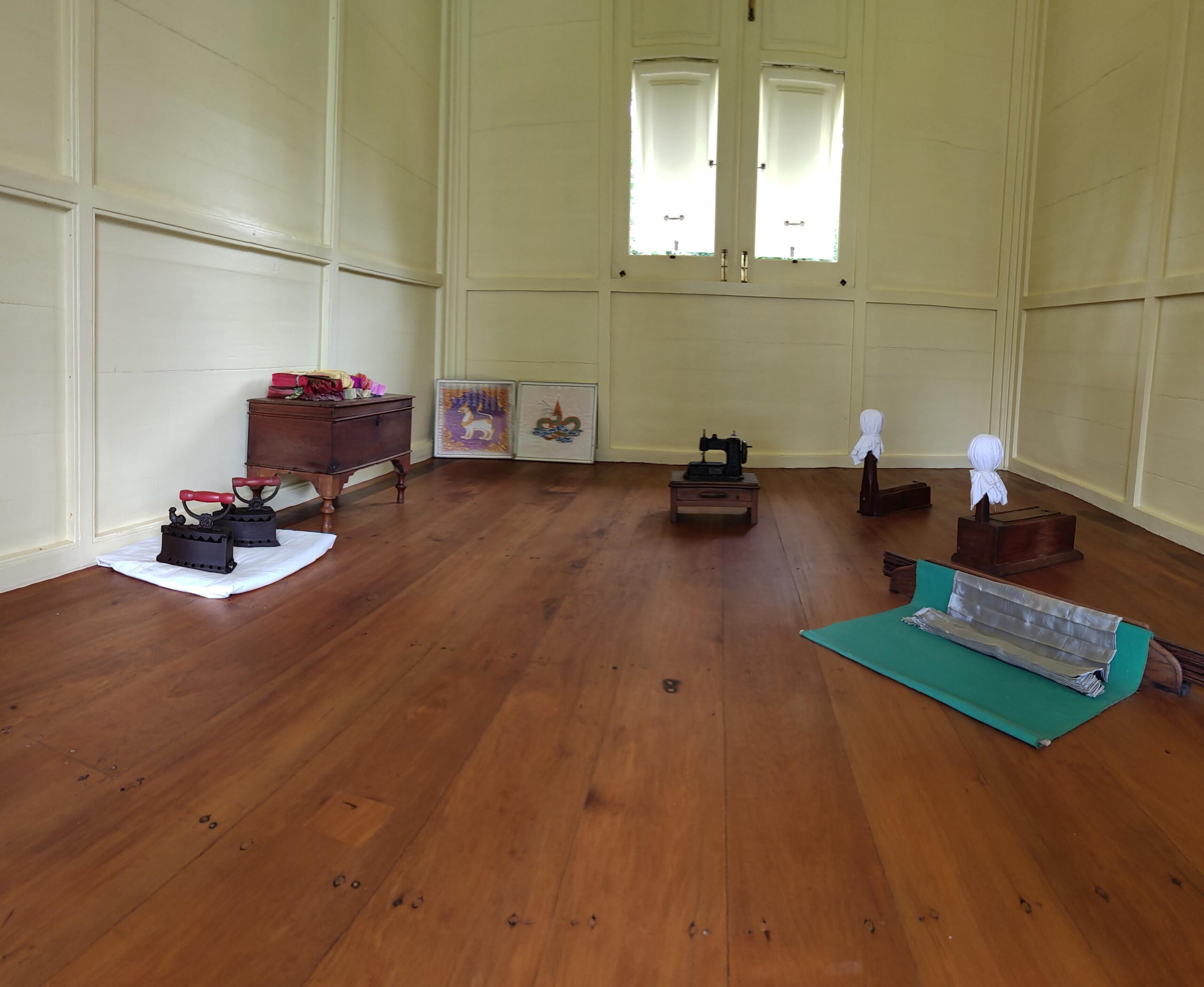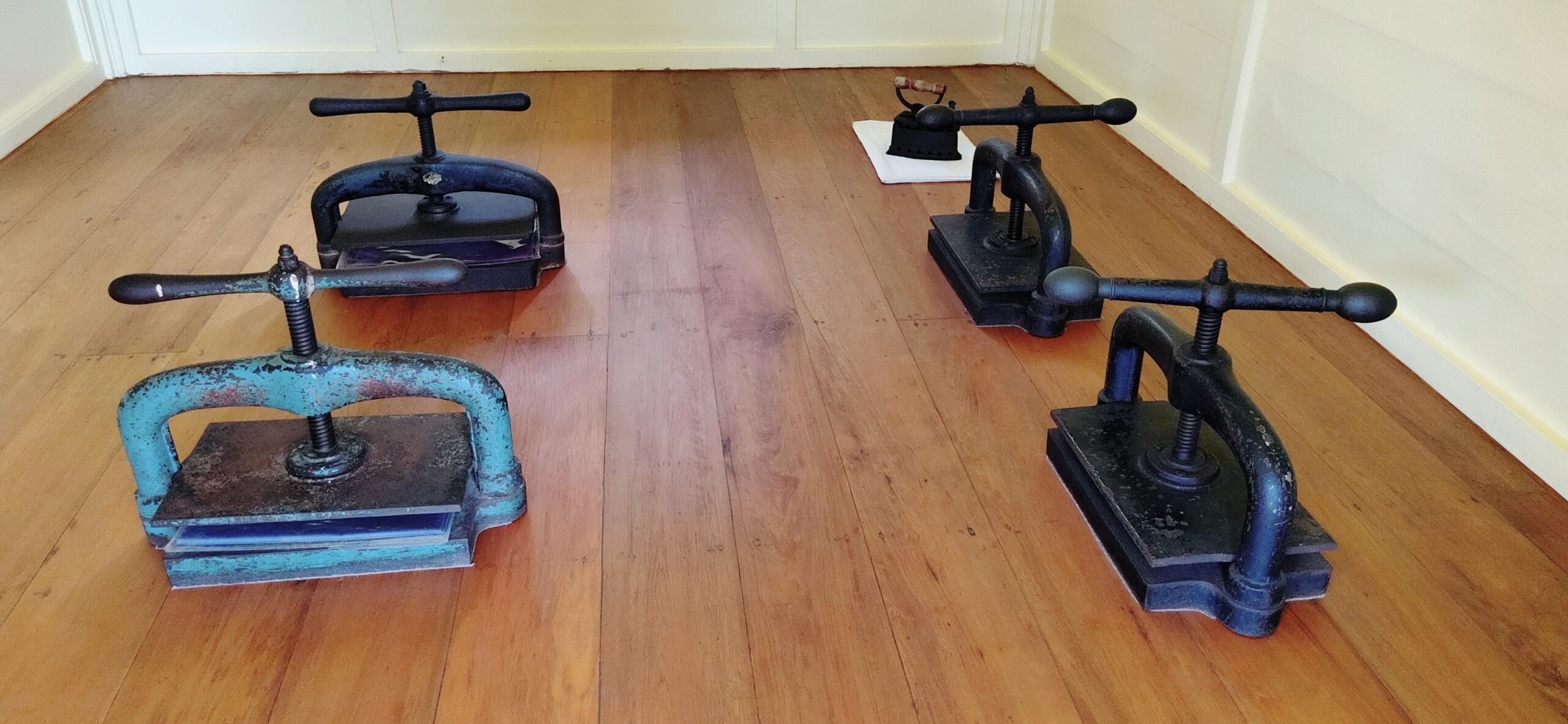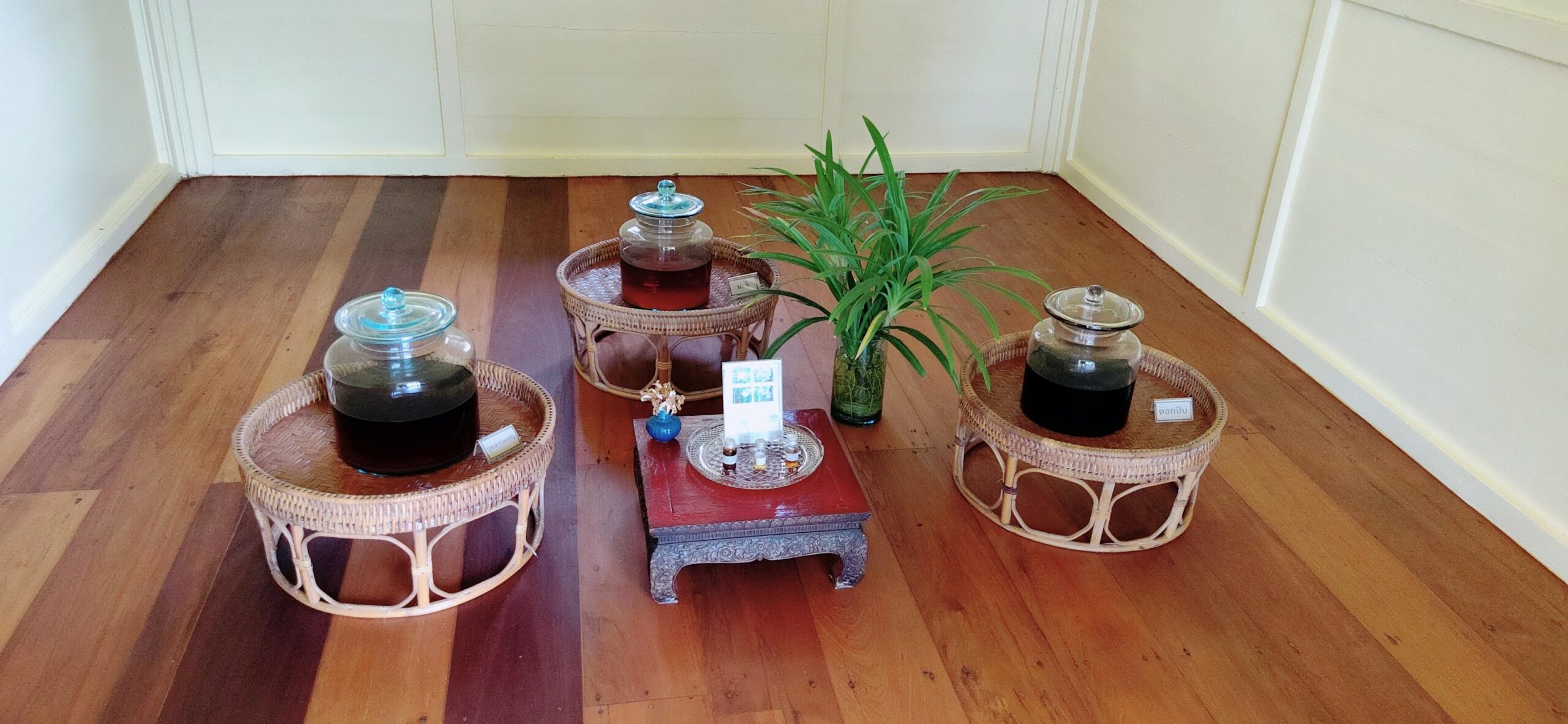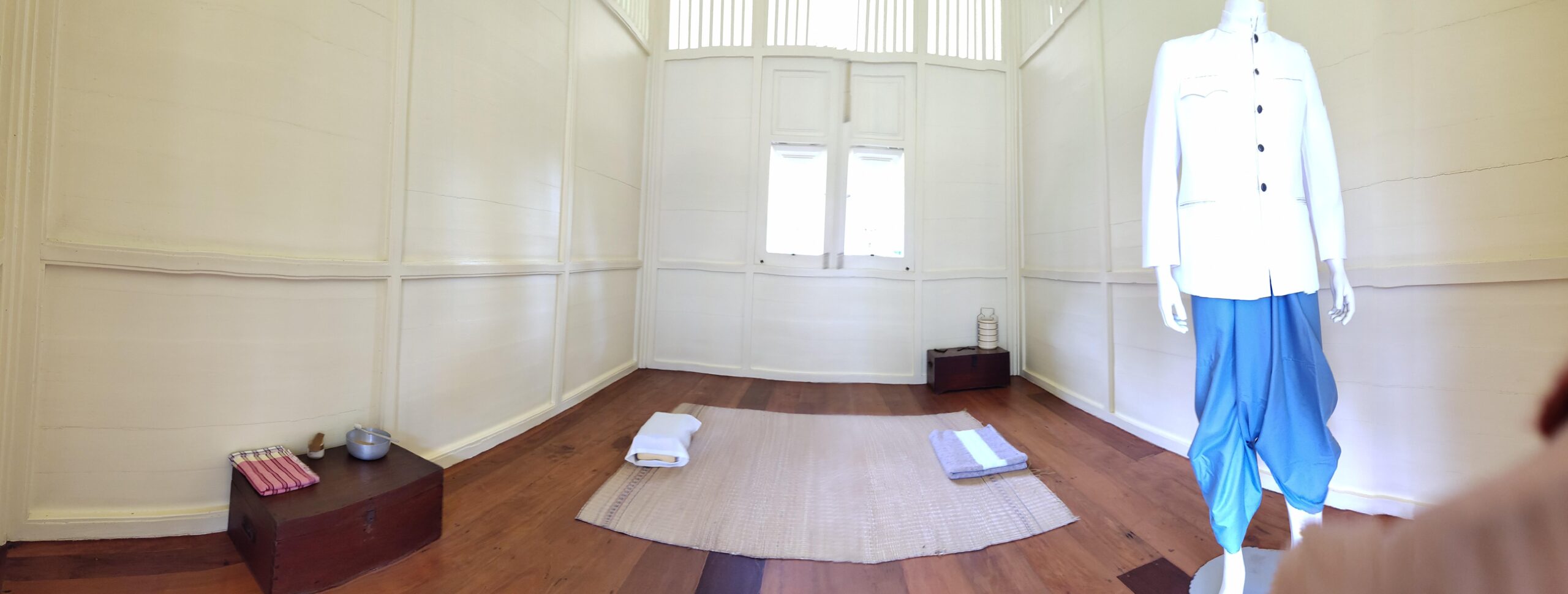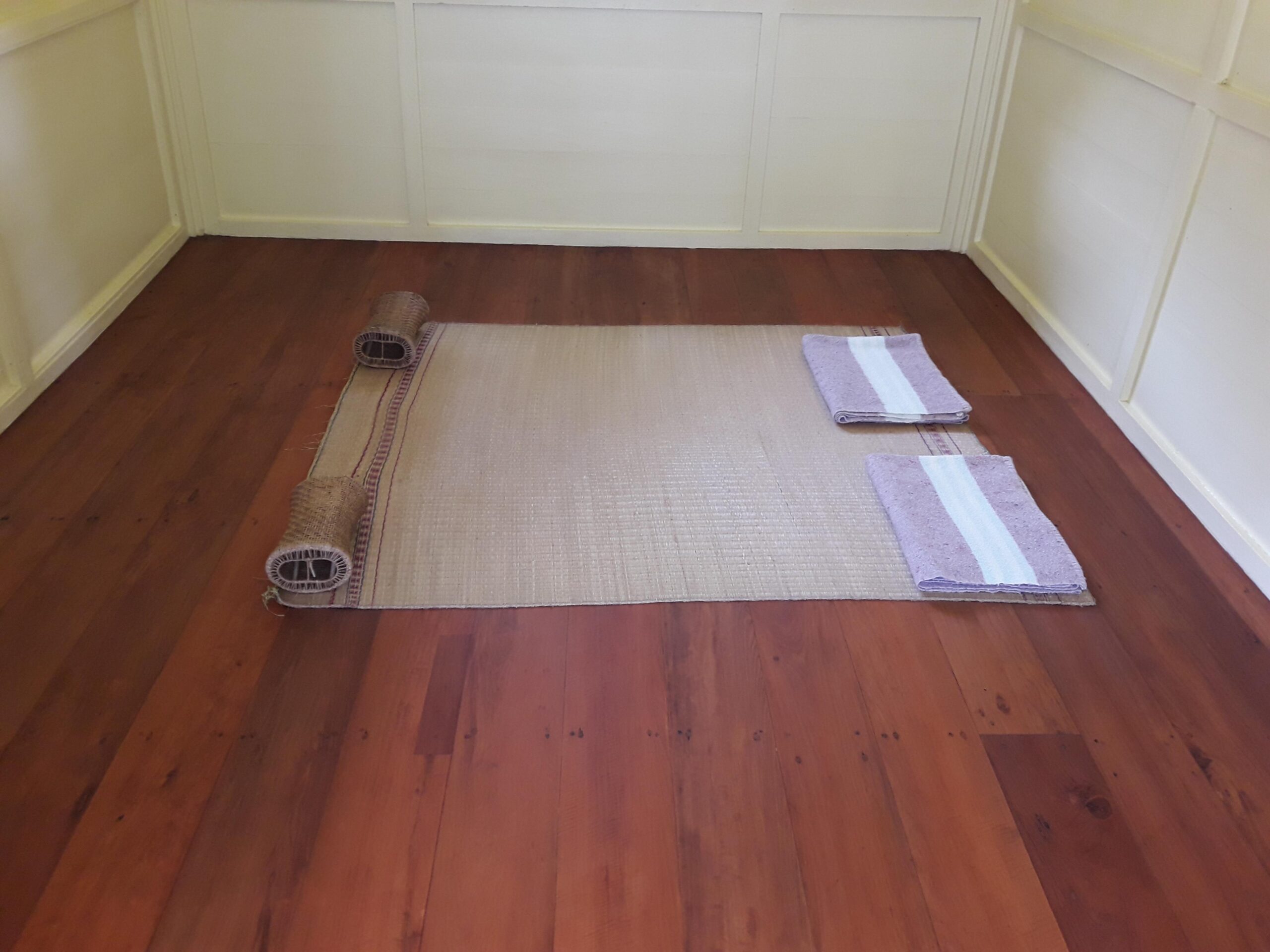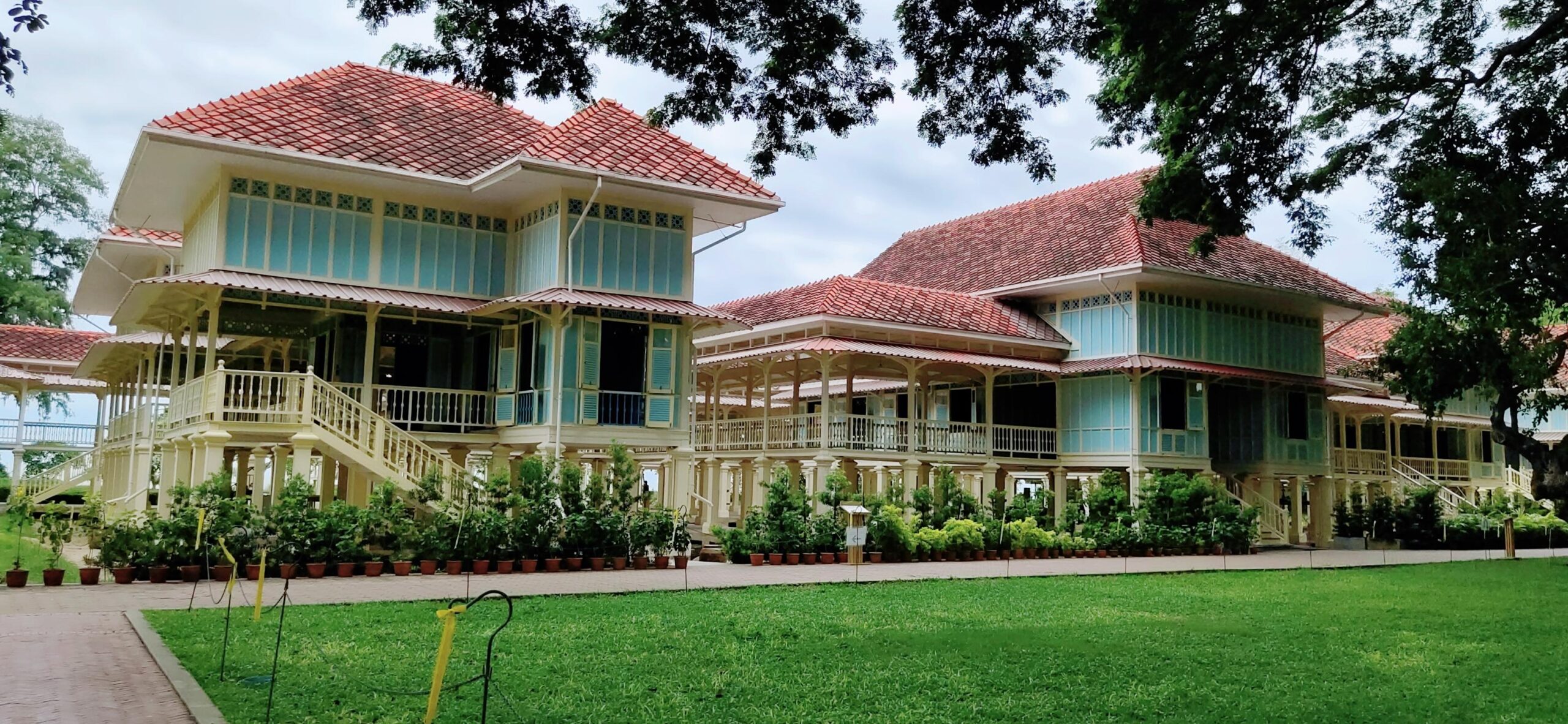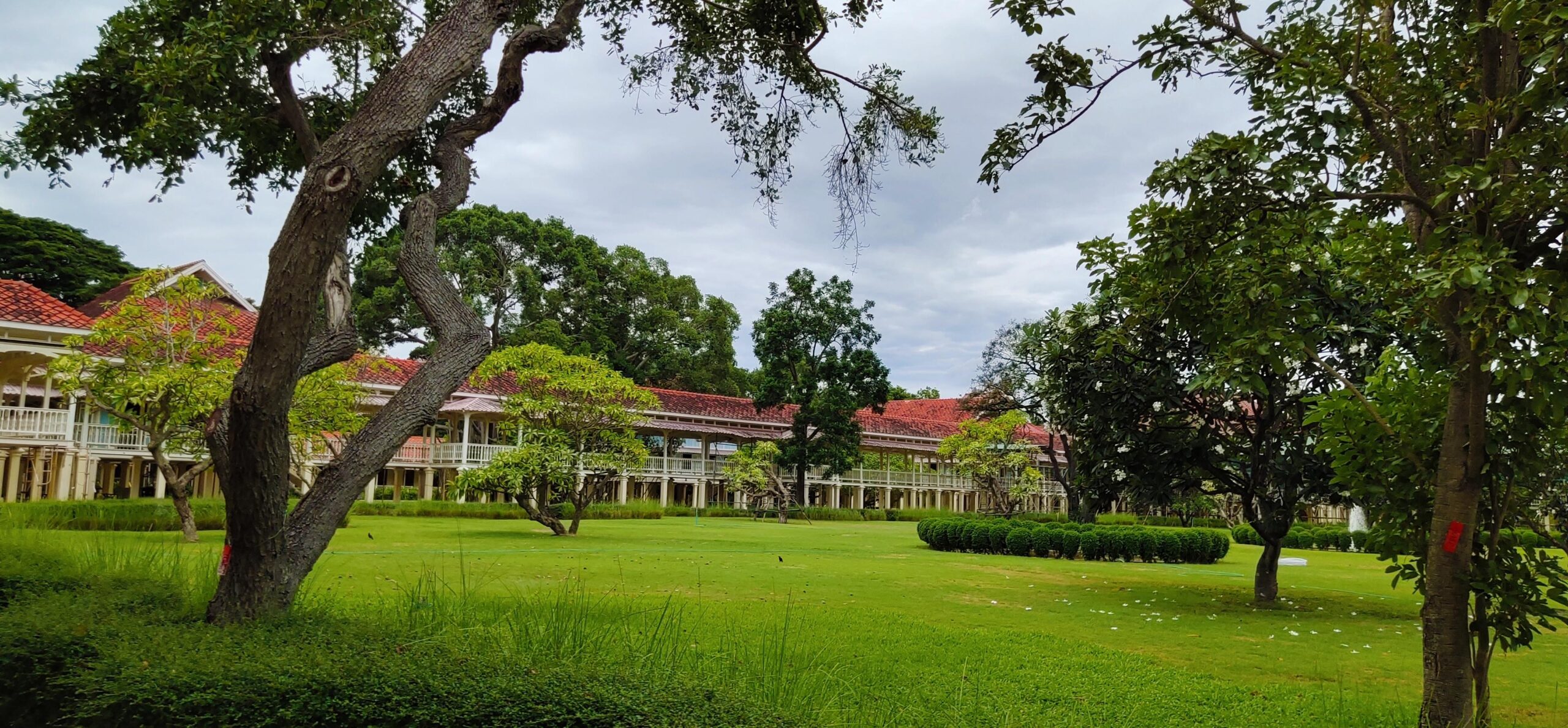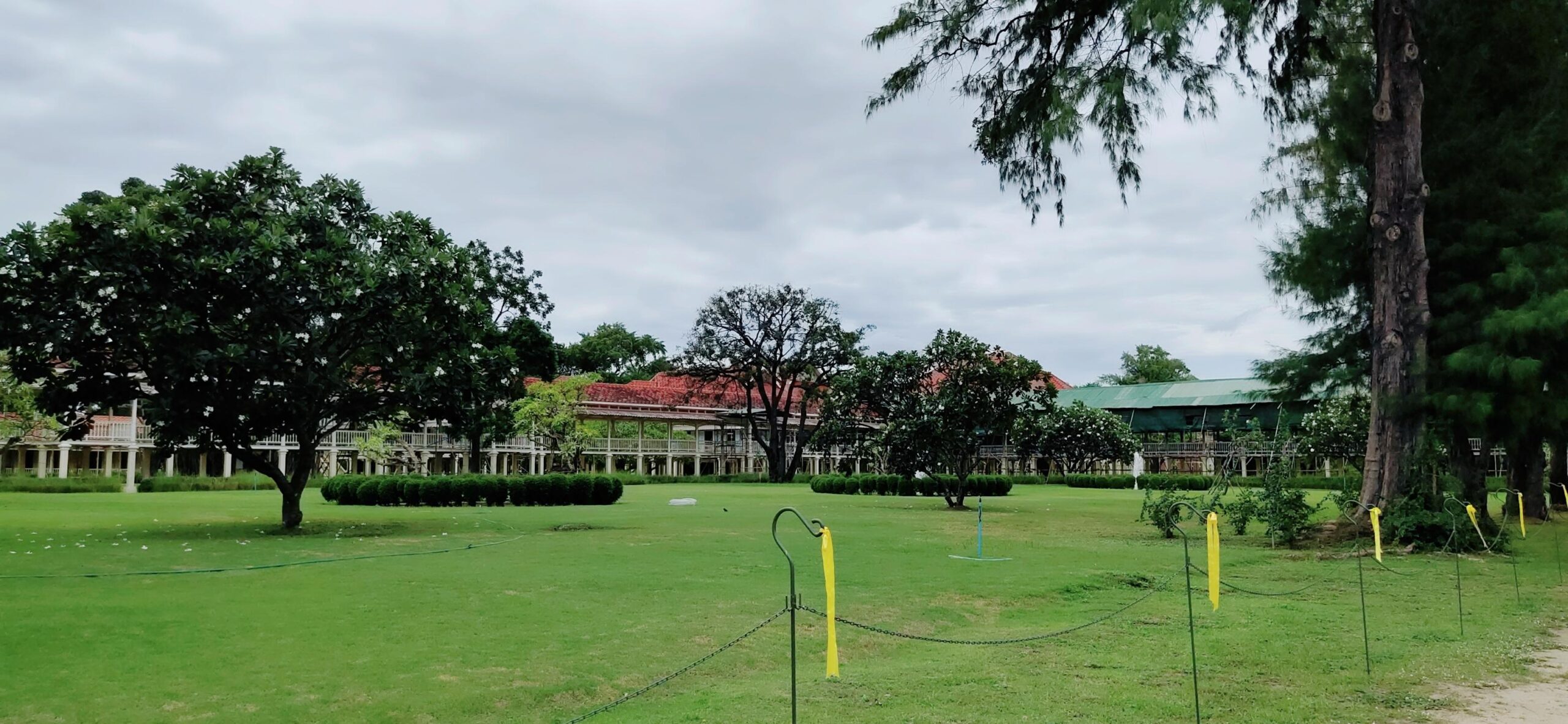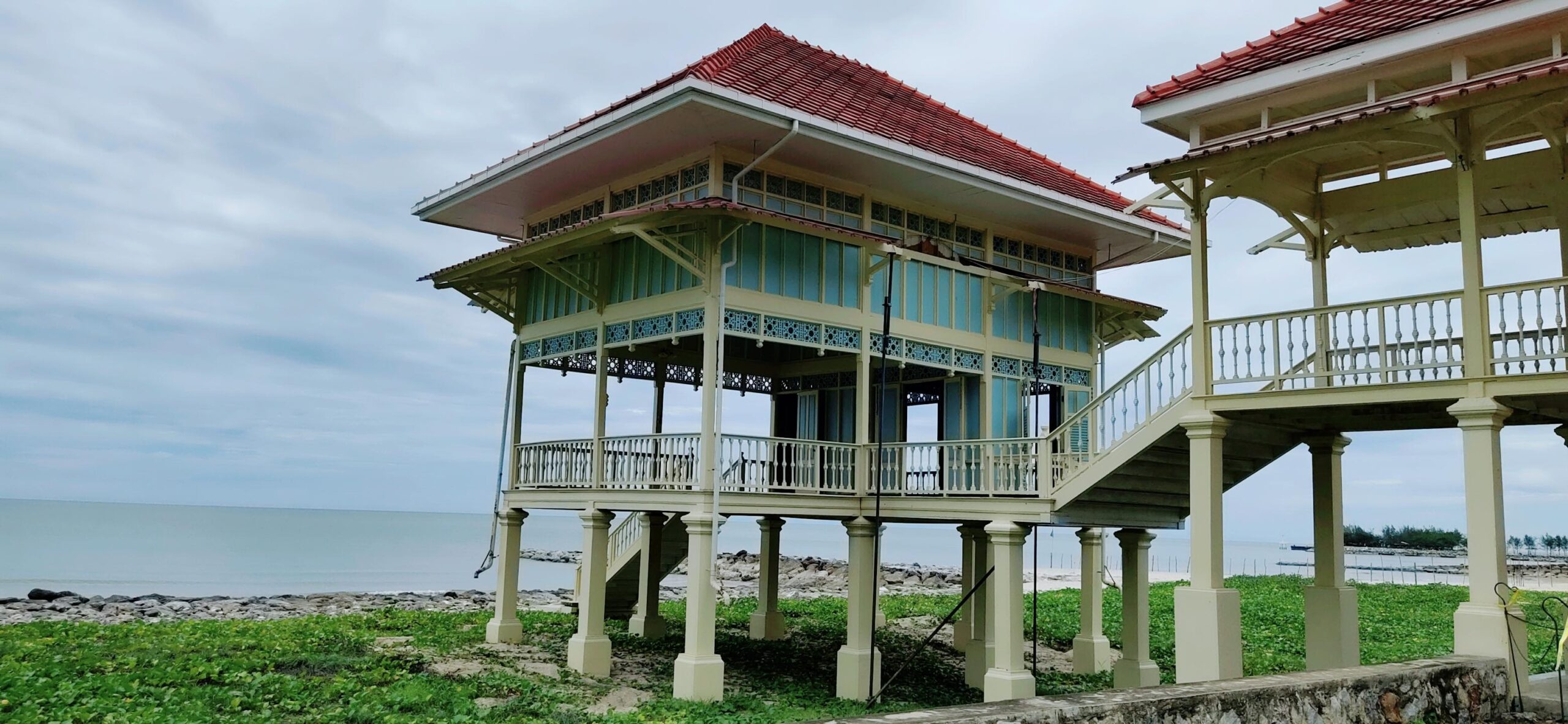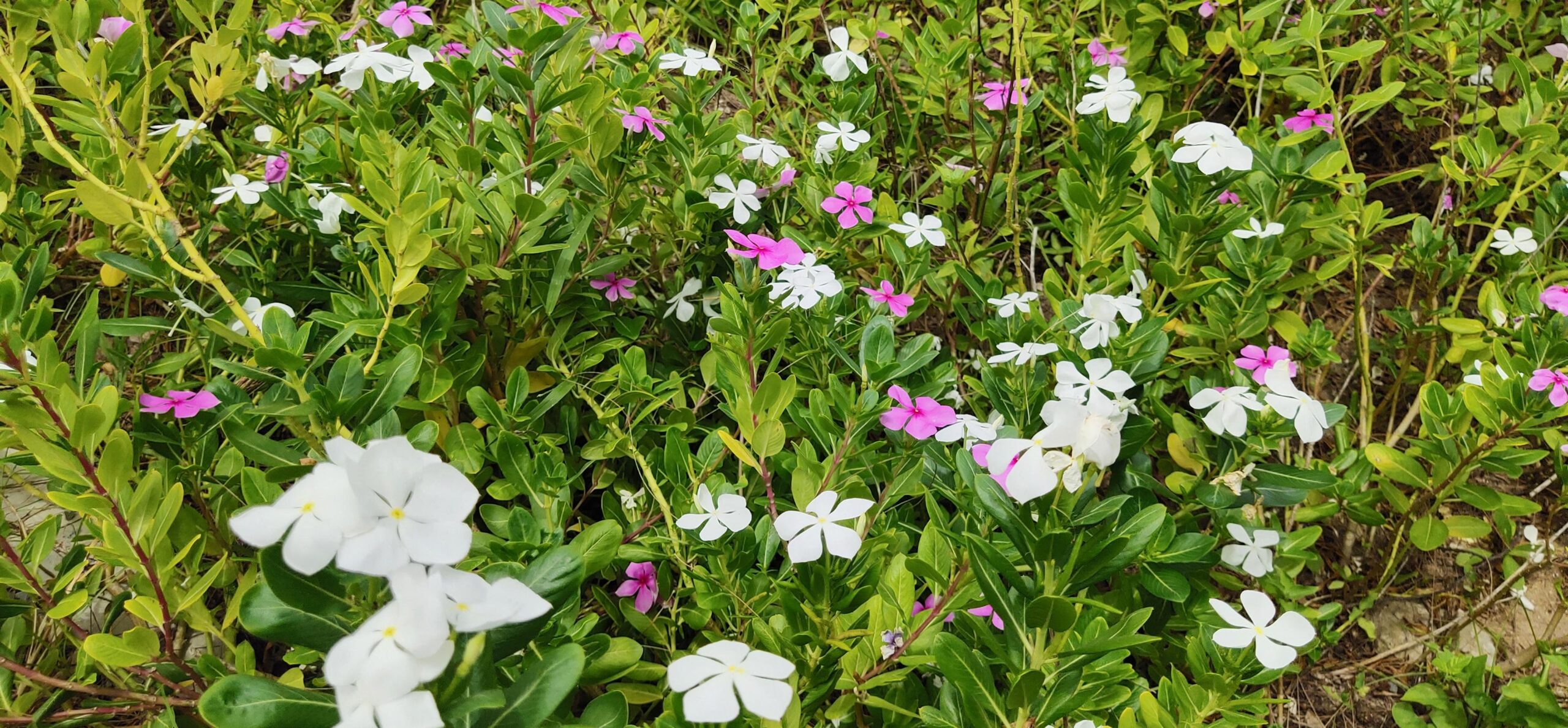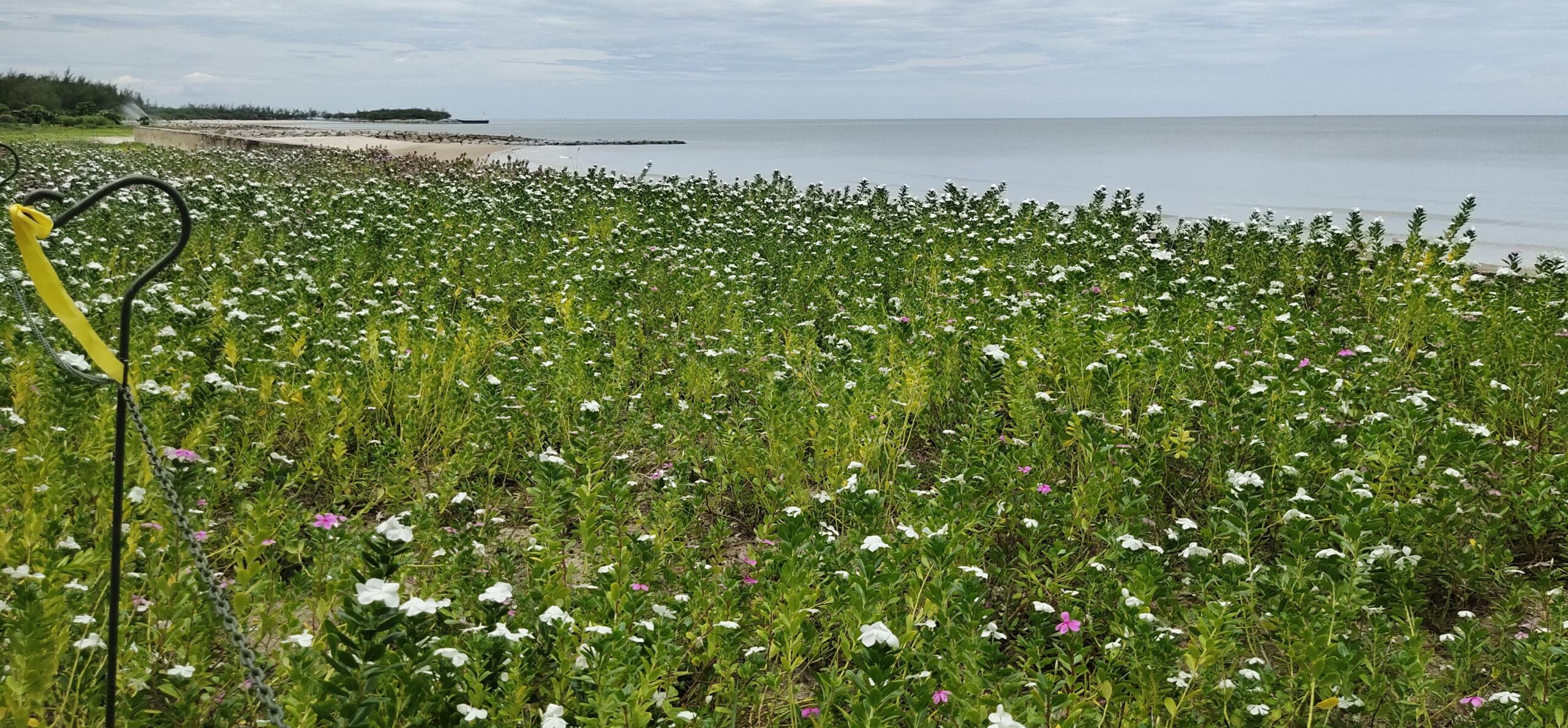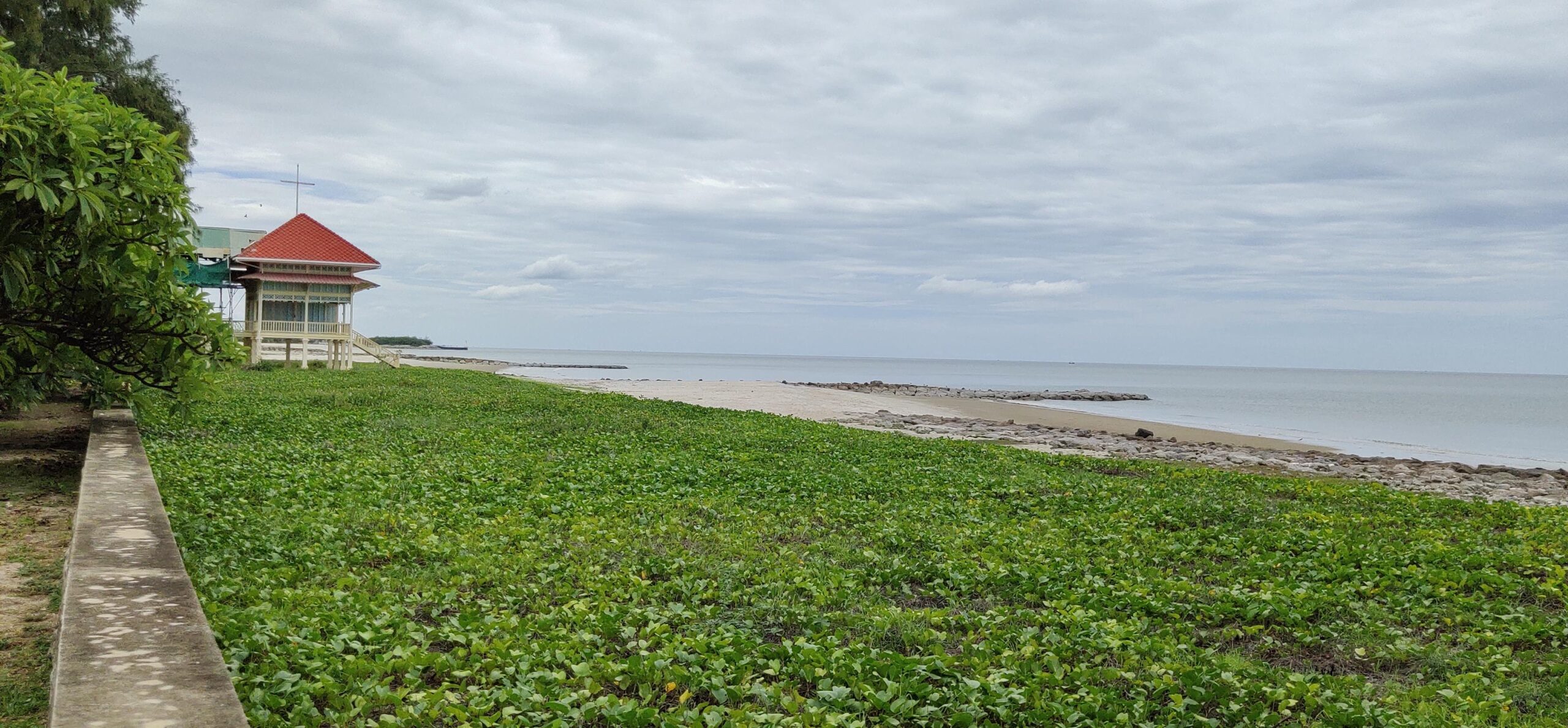
Palace of King Rama VI in Cha-Am
May 10, 2023
Cha-am city
Cha-Am is a city next to Hua Hin, located on the seashore (Gulf of Thailand). If you drive from Bangkok, then you pass this city right before you get to Hua Hin – there are 20-30 kilometers between cities.
The city is even smaller than Hua Hin, but it is also popular with tourists – at least I saw a lot of Chinese there.
The city has a seafront with umbrellas and chairs where you can relax, order something to eat.
Several parks adjoin the city. One of them is the summer residence of King Rama VI. Let me remind you that King Rama X rules in Thailand now.
Although the “king's residence” or “king's palace” sounds rather promising, in reality the buildings are quite modest. The situation is a bit like the Pran Buri Forest Park – the park is small, but very interesting, because here you can learn about plants that have adapted to live simultaneously in salt and fresh water, as well as about animals that, together with these plants, live in salty and wetlands along the rivers near the sea. So, this park is very informative, but if you are not interested in this “cognition”, then, probably, this place will not “hook” you with anything. Similarly, with the summer residence of King Rama VI, if you are a little interested in life in Thailand at the top of society at that time, then traveling here can be exciting for you. If you are only interested in entertainment, some amazing views and buildings, then I would recommend just visiting another place instead of the summer residence of King Rama VI.
How to get to the palace of King Rama VI in Cha-Am. Military camp Rama 6
This summer palace is located on the territory of a military camp.
I mapped the route from Hua Hin to Rama VI's Palace.
Moving along the Phetkasem road, you need to get to the place that is indicated on the map as “Rama 6 palace entrance”.
At the entrance you will see a barrier and the military, but they let everyone in, including foreigners.
After turning off the main road, follow the route indicated on the map.
In front of the park complex itself, there will be such a training facility:
A friend said that if you wish, you can even shoot somewhere nearby, but I was not interested.
Move to the point marked on the map as “Parking lot”.
Then walk along the road towards the point marked as “Venice Varnish Garden”.
Rama VI Palace in Cha-Am
This place is a park in which there are quite a few buildings. You can see the Tea Room and others on the map.
A friend told me that there are three different palaces in this place:
- Summer Palace
- Love and hope Palace
- Marigadayawan Palace
I photographed everything that I saw, but which of them is which palace, I can’t say with certainty – the inscriptions were in Thai. But the information about the life of the royal courtiers was in English, so I have something to tell about this.
Buildings are marked on the map as:
- Mrigadayavan Palace
- Residence of the Inner Court's Attendants
Entrance costs 30 baht per person. It is necessary that the clothes cover the knees – if this is not the case, then they will give out such a skirt or something – you need to put your legs in there and tie a knot on your belt so that it does not fall. It is, of course, very hot in it, but the main thing that I immediately felt was that it was impossible to walk with long steps. An unusual experience, for sure.
The park is very large, some trees have signs with information about them. The trees are very ancient and, apparently, rare – I am not an expert in terms of trees.
The palace is under restoration – some paths are blocked for repair, the entrance to the second floor of the palace is closed.
This room turned out to be open, but in half of the rooms the exposition is not completed, and in the other half – apparently, the premises of the park administration.
Water box – for washing feet to enter the building. And barrels are needed to collect rainwater. Similar barrels (albeit larger ones) are still sometimes used in Thai villages.
Inside the premises are old examples of door locks from that time. They are about 100 years old, since the palace was built at the beginning of the last century.
Nearby is a small pond, along the banks of which grows sugar cane.
From sugar cane, you can make both gray sugar and, after chemical processing, the usual white sugar. By the way, with sugar beet it is also possible to make both white and gray sugar, but we do not know this, since it is white, more refined, that is predominantly produced.
By the way, there on the shore it smelled very pleasantly of mint or melisa – I recalled a case from childhood when we found wild mint on the lake shore – it also had a very pleasant and strong aroma.
The palace was used for not only recreation, but also for natural science research: botanical research, archaeological excavations.
Herbarium are collected in one of the buildings. There are also many books on the arrangement of this place and other cities (Bangkok) of that time.
Some of the trees are reminiscent of the mangrove forest I also recently visited, which has roots above the ground.
A small palm tree and interesting stones with holes.
And this is apparently a small garden next to the kitchen, as herbs and vegetables used in Thai dishes grow here. While I was standing there, I felt hungry ))))) It also smelled very nice of mint or melisa (or both at once or just something similar).
And this is a pomegranate:
In a one-story building, there is an exposition of the life of the courtiers of that time; examples of rooms of that time were shown to us.
This is the residence of the servants of the king's inner court – the servants of the king.
An example of a room is a bed right on the floor, a table, a lamp, a chamber pot.
Laundry room. The women responsible for the king's robes had to wash, iron, fill with a pleasant smell and darn them. At this time, when the usual detergents were not available to us, clothes had to be boiled in a mixture of Thai herbs. This led to the fact that the fibers coarsened and, after drying, became like starched fabric. After that, charcoal irons or a pleated press were used. Before being presented to the king, these garments were scented with potpourri or scented candles.
Perfume making room. The employees in the perfume room were responsible for making various types of Thai perfumes, including scented lotions, scented water, scented powder, dry and fresh potpourri (perfume?), and handkerchiefs folded in the shape of various animals. They were used by the king on various occasions.
Room of the ladies-in-waiting (court ladies). The ladies-in-waiting served the King, Queen and members of the royal family in preparation for meals and ceremonial attire. They were also responsible for making the flower garlands that the King used when worshiping the Buddha, as well as making flower pendants and banana leaf containers to hold food and religious offerings.
The mannequin in this room shows how the maids of honor dressed – the uniform of court ladies, which consisted of a white blouse and a blue sash (Thai skirt).
Honorary Royal Page. The honorary royal pages had many duties and were divided into several groups according to their work. There were such groups as: the royal page of the bedchamber, the royal page of the kitchen, the royal page for receiving guests.
The uniform of the royal pages consisted of a blue Jongkraben (a four-meter-long fabric that was tied at the waist and wrapped between the legs like pantaloons) and white Rajapataen (Raja means king, and Pataen goes back to “pattern”). This shirt had 5 silver buttons with the symbol of His Majesty the King.
The next room shows the bedroom of an honorary royal page. A sleeping mat and mosquito net were used at night and removed during the day, so it could be used by another royal page for sleeping.
Majordomo's room. The majordomo (butler) of the court was responsible for household affairs in various buildings. The butler's room usually contained personal belongings. A medical cabinet hung on the wall and Buddha images were placed next to the sleeping mat.
And this is a palace. Like many houses in Thailand, there is no ground floor as such – it's just pillars on which the second floor is located. On the first floor, information about archaeological research at this place, about its historical appearance, and more – I understood not everything, since it was mostly written in Thai.
Now, during the reconstruction, the entrance to the second floor is closed. I think the most interesting thing – the life of the king of that time – is shown there.
View of the palace from the sea – it is really very long. When you walk between the columns on the first level, the game “Prince of Persia” comes to mind.
Behind the palace there is a shady park, and in front of the palace on the way to the sea there is an open lawn.
Along a long corridor from the palace along the second tier, the path leads to a small house right on the seashore.
Flowers by the sea:
Conclusion
As I mentioned, a lot is still under reconstruction. It would be especially interesting to look at the second floor of the palace, where the entrance is still closed.
In general, it turns out to be a pleasant and rather informative walk, although not as spectacular as other places with sights have accustomed us to.
If you miss parks, or you have an interest in history, then you should like it here.
Tickets for buses, ferries and trains, including connecting routes:
Air tickets to international and local destinations at the lowest prices:
Related articles:
- Rayong Botanic Garden: kayaking and bike trail (73.5%)
- A piece of Japan in Thailand: Hinoki Land (71.2%)
- Ko Lan island: a complete guide to getting there, beaches, what to see, transportation (55.4%)
- Travel guide to Ko Samet island. The beaches of Ko Samet (55.4%)
- Bang Saen (Saen Suk): beaches, mountains and monkeys between Bangkok and Pattaya (55.4%)
- Is Hua Hin an alternative for Pattaya? (RANDOM - 54.9%)



